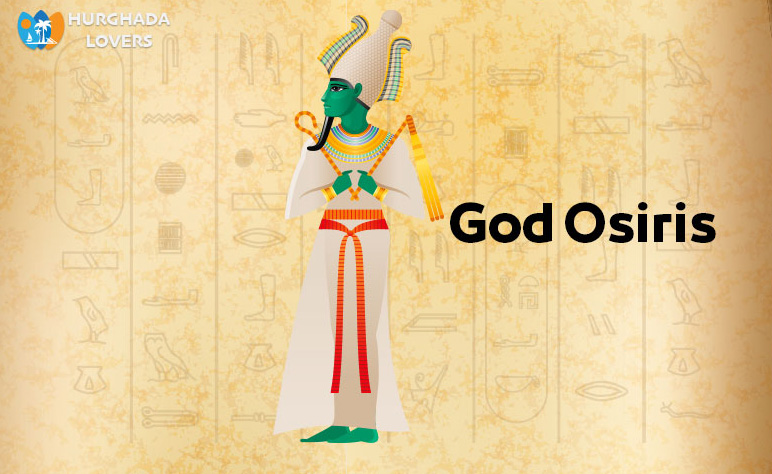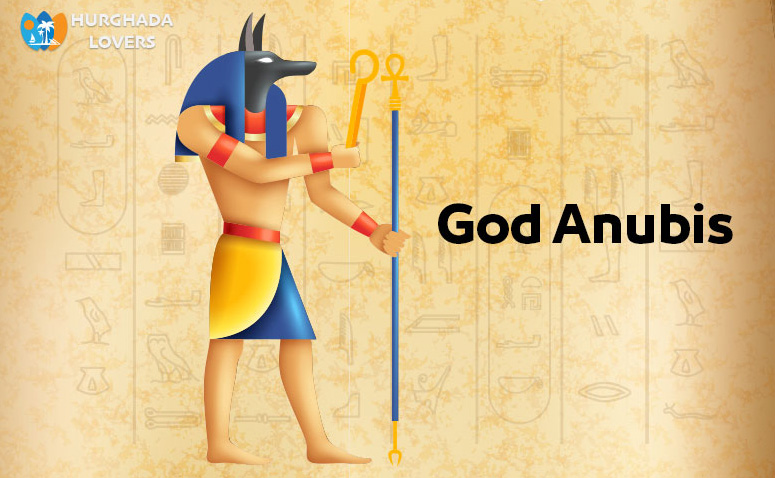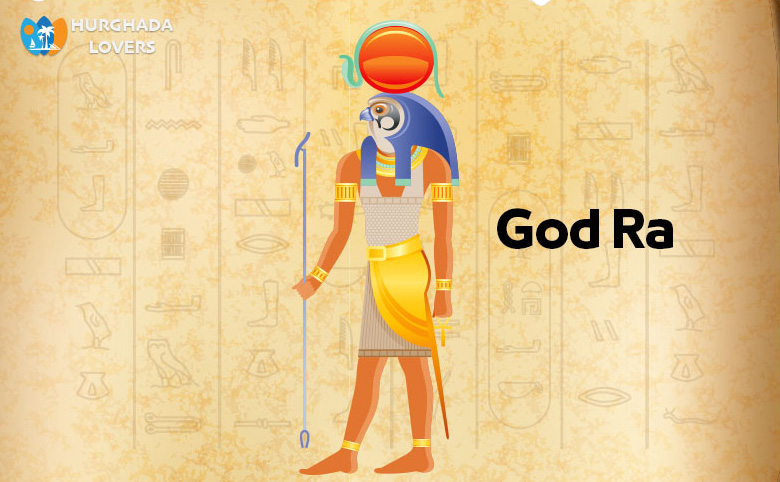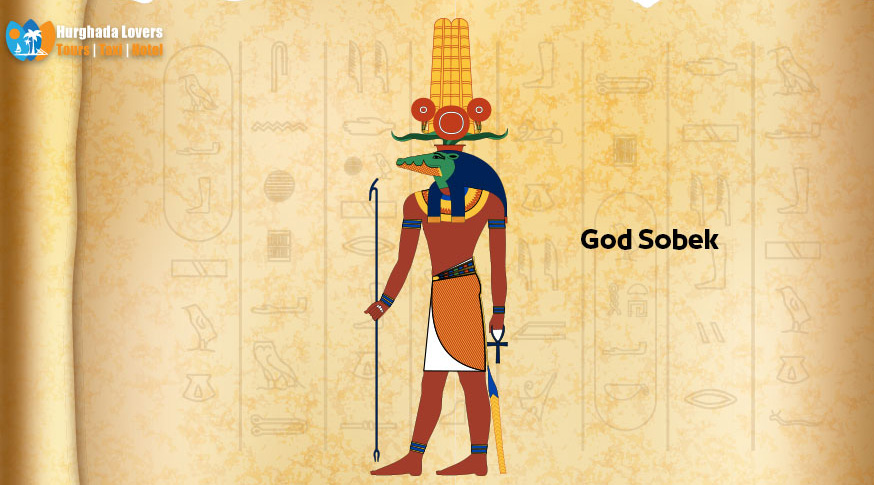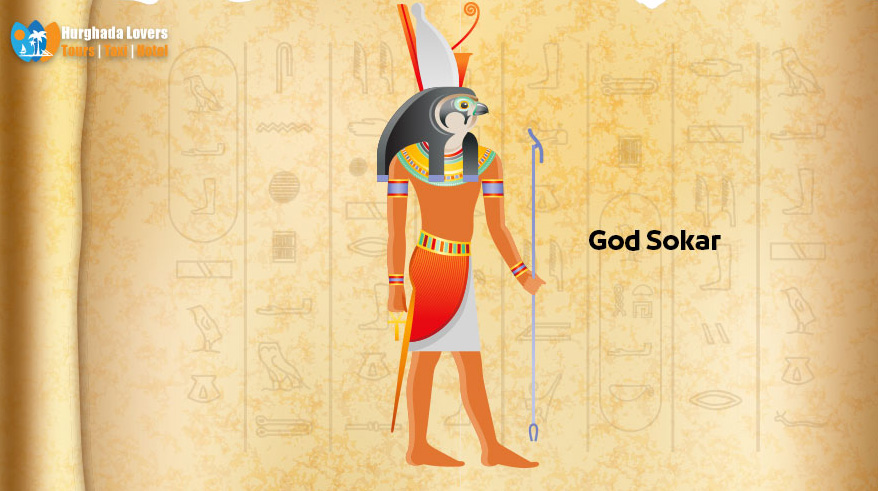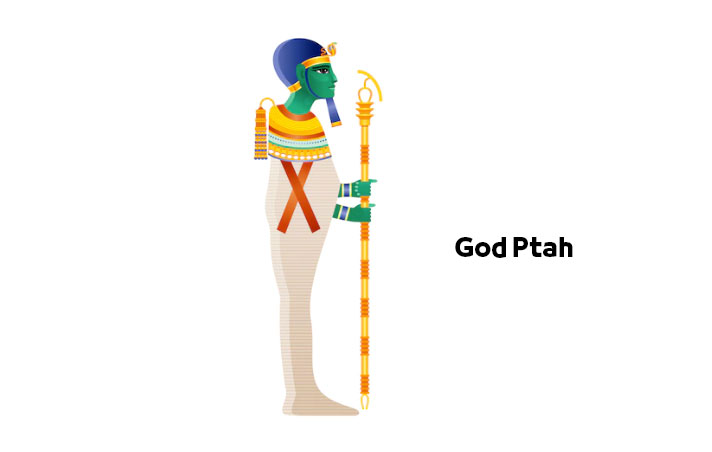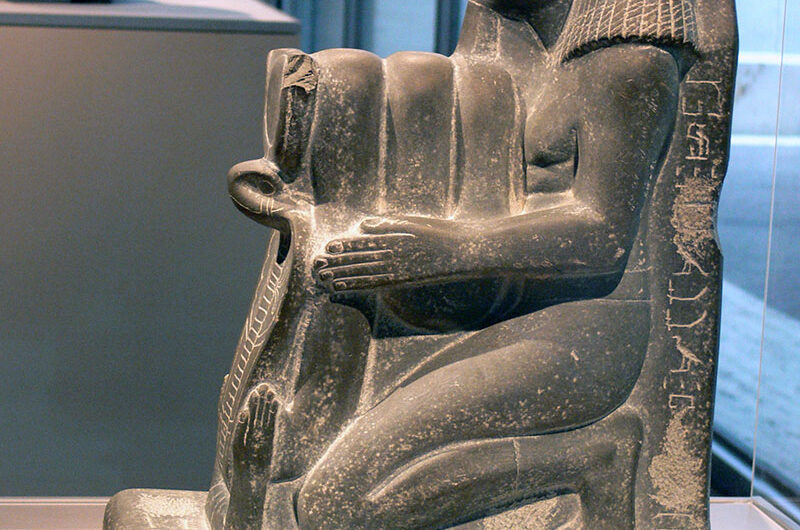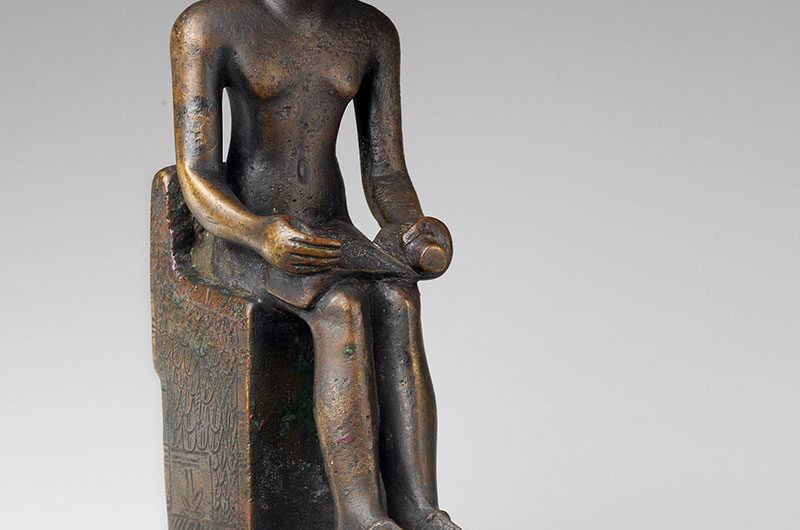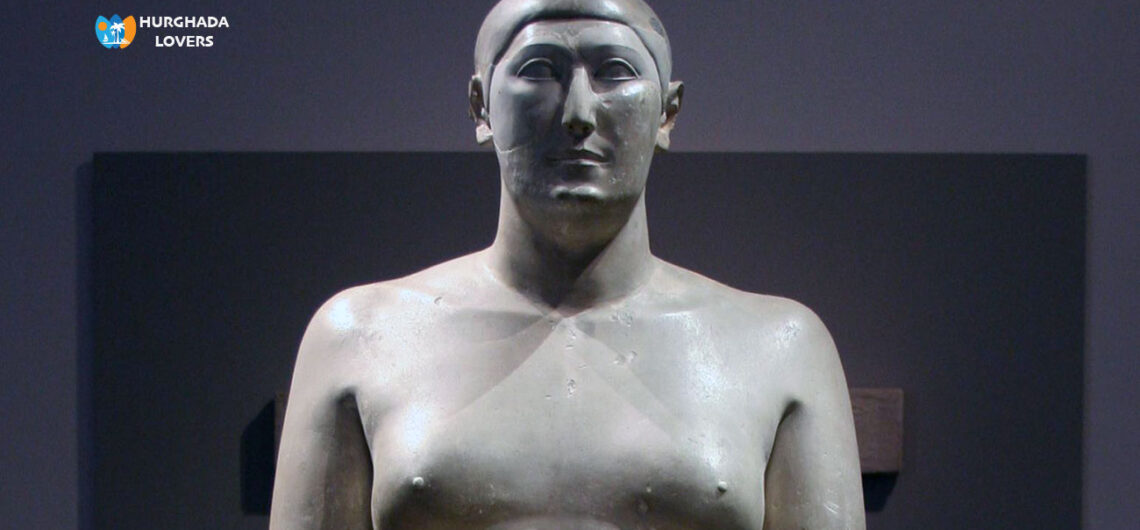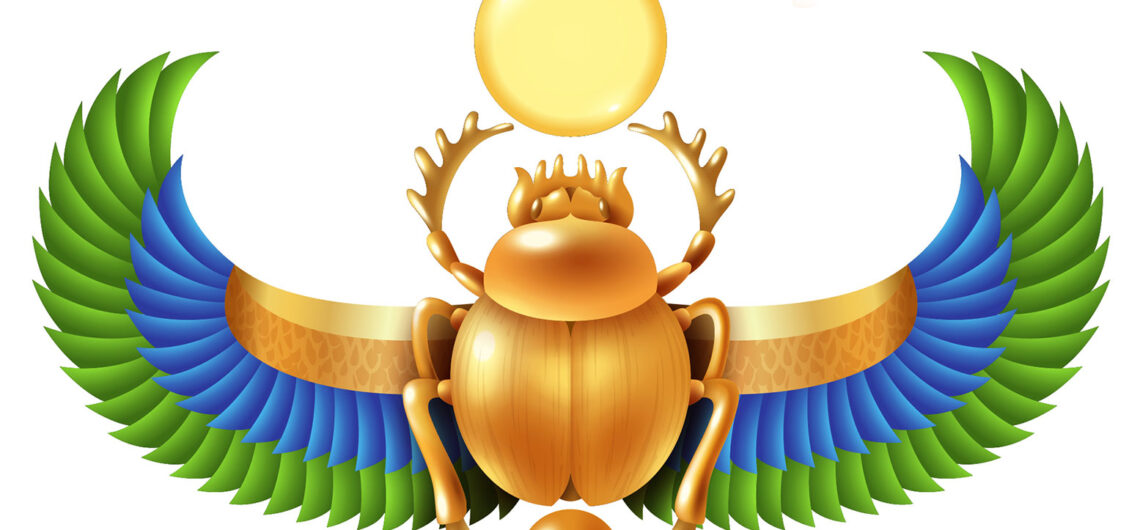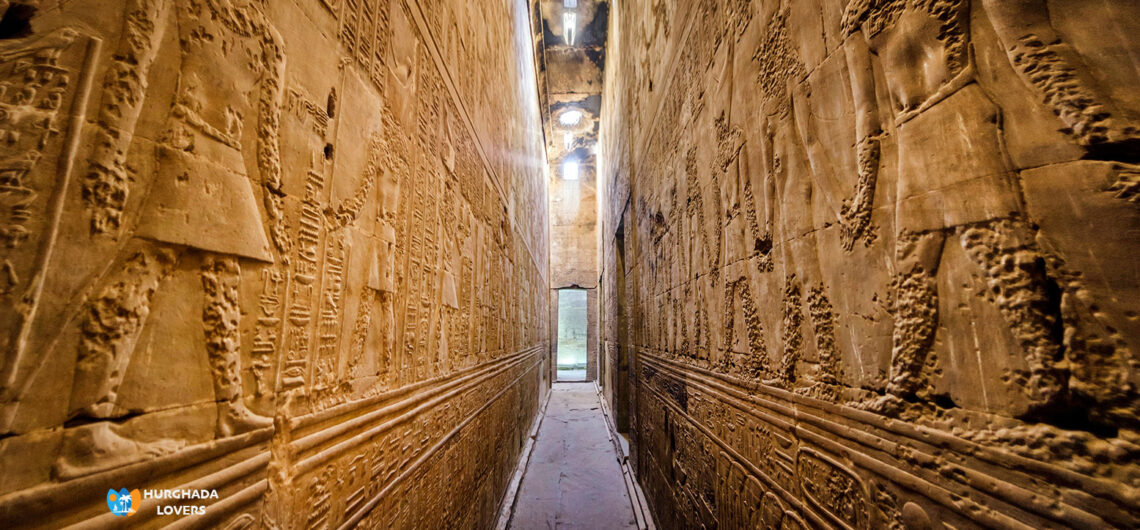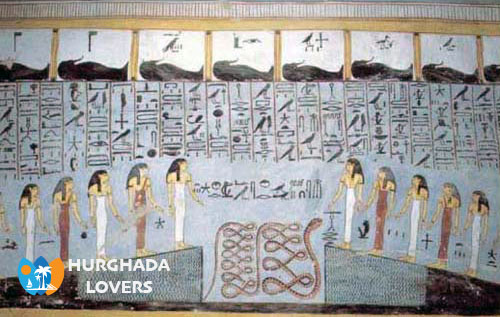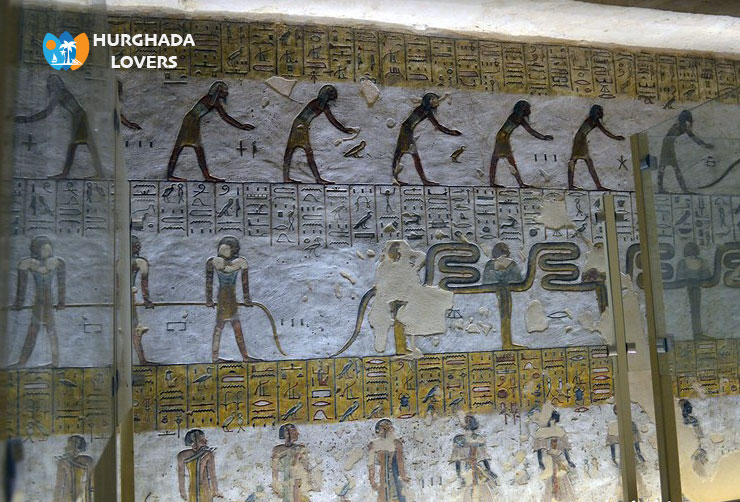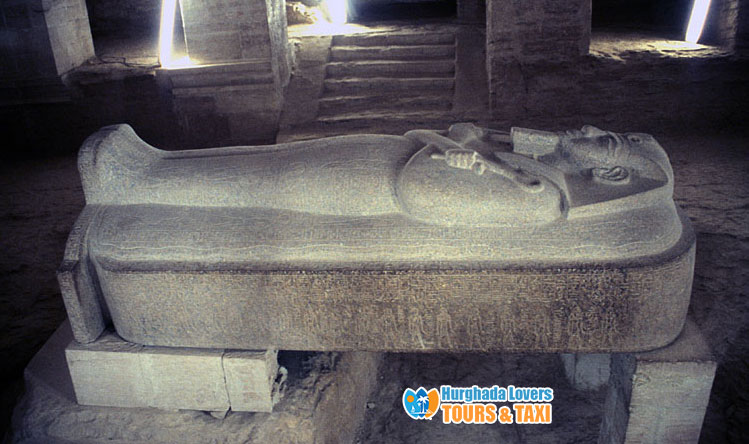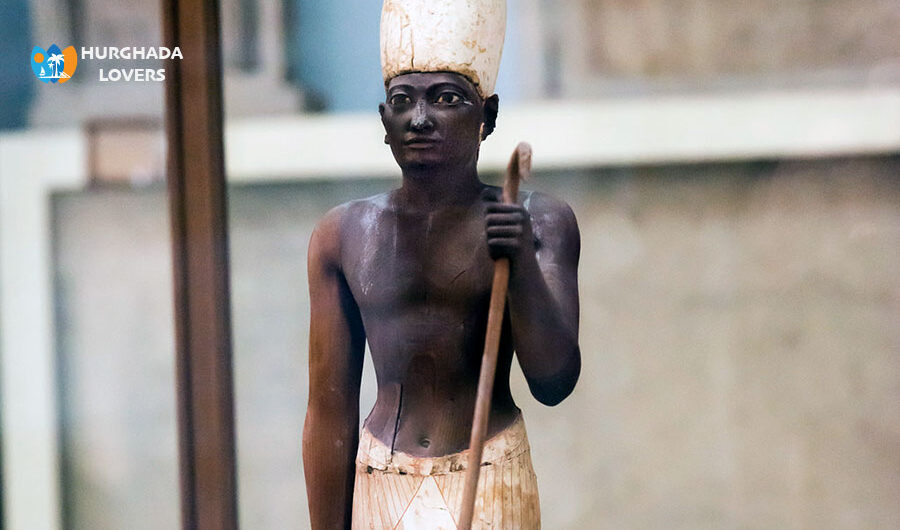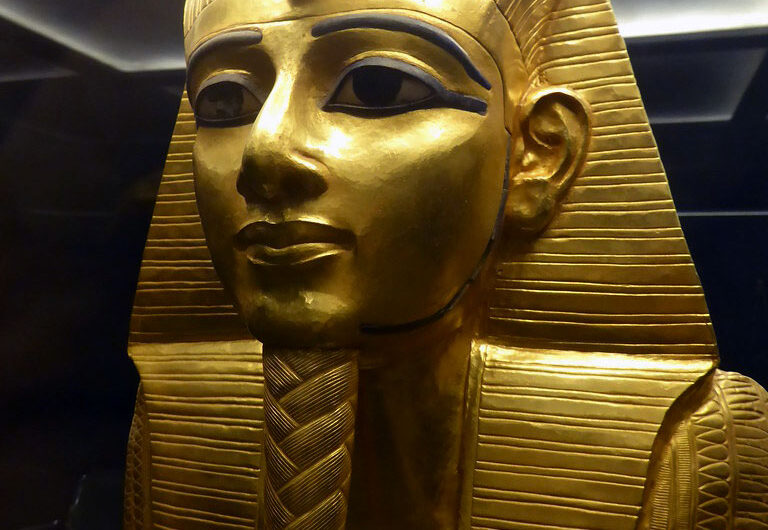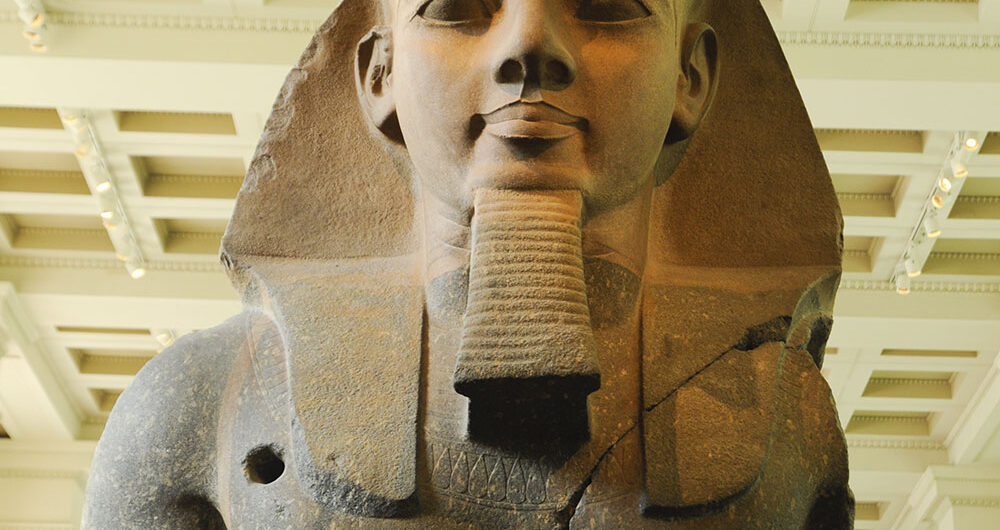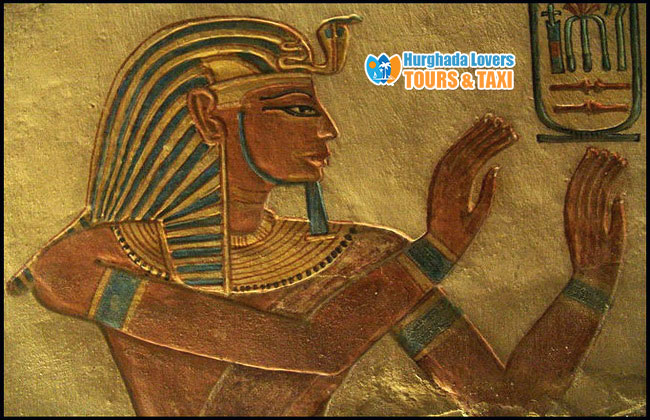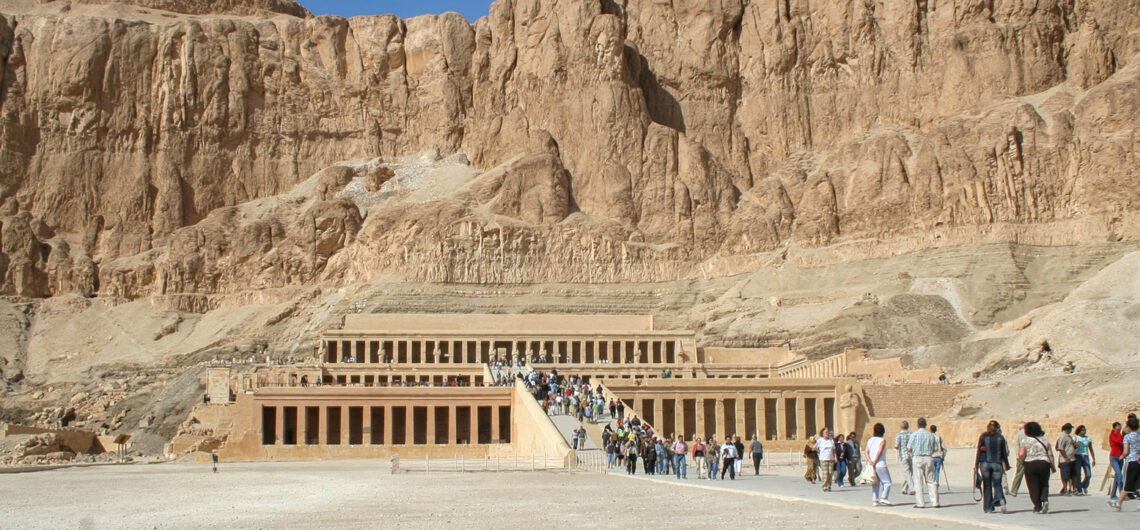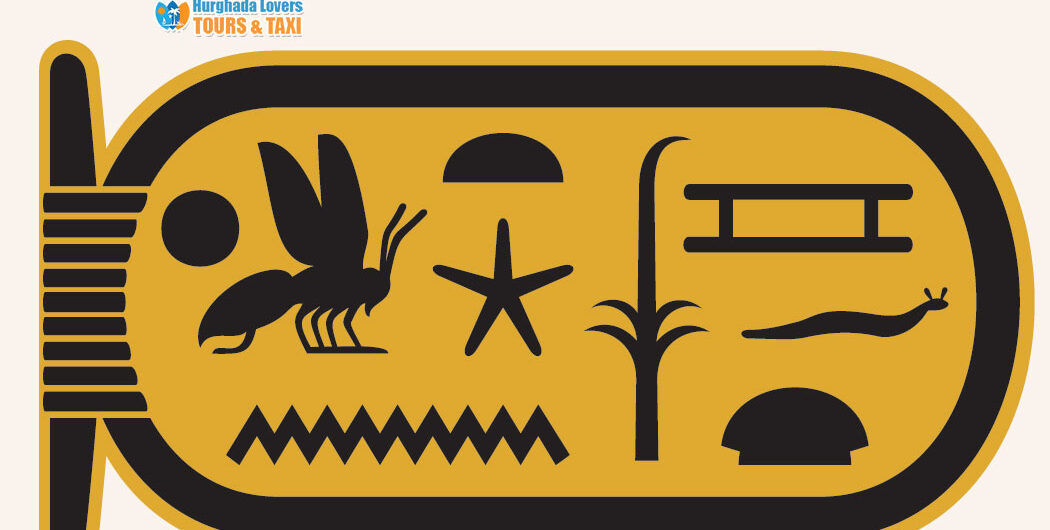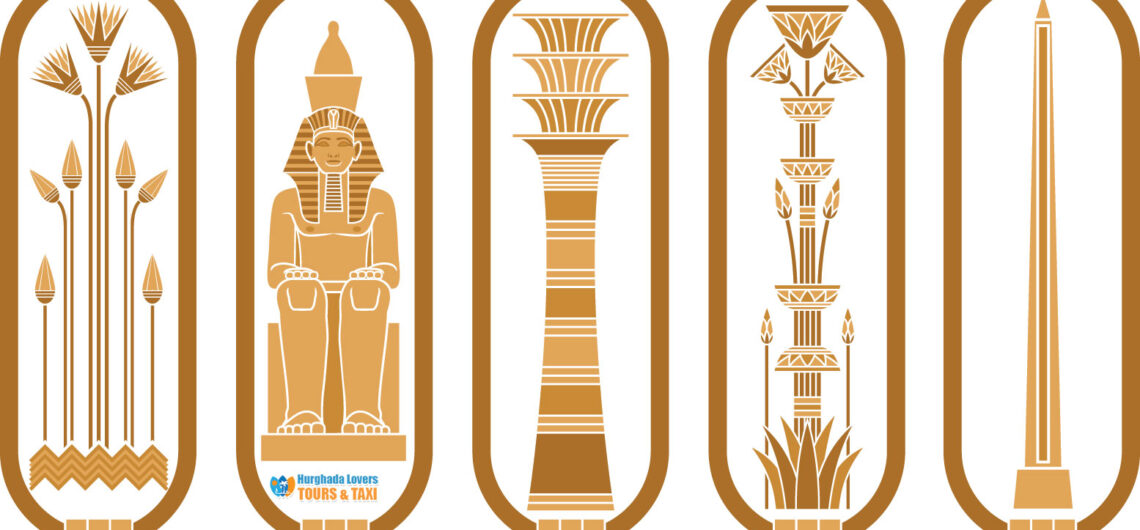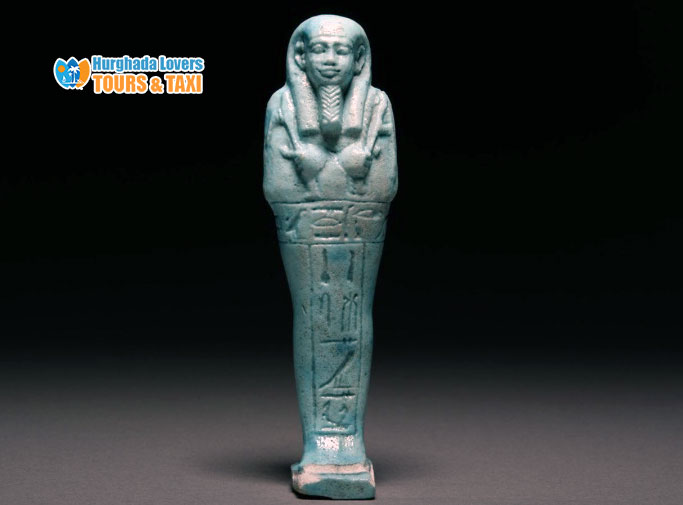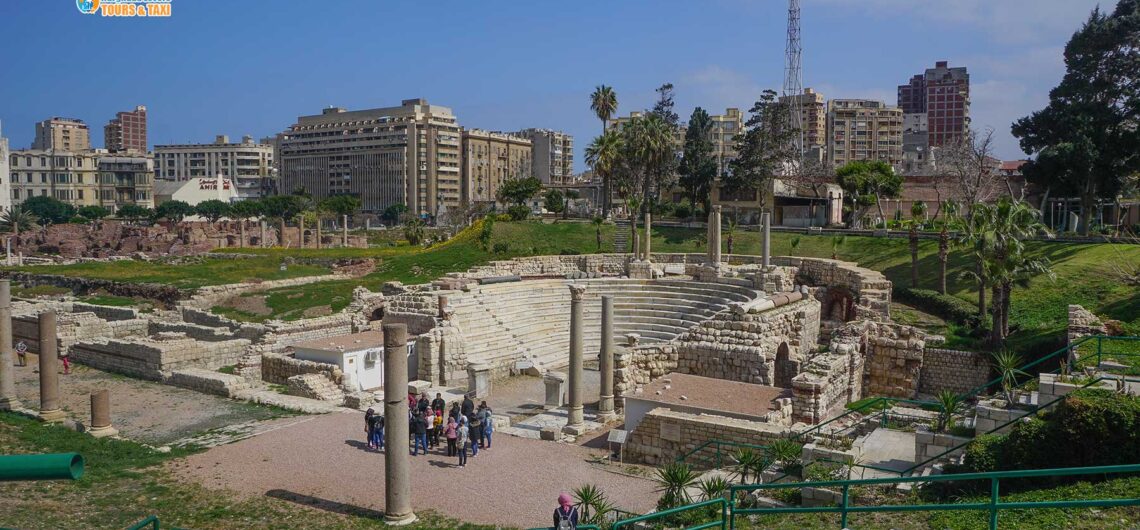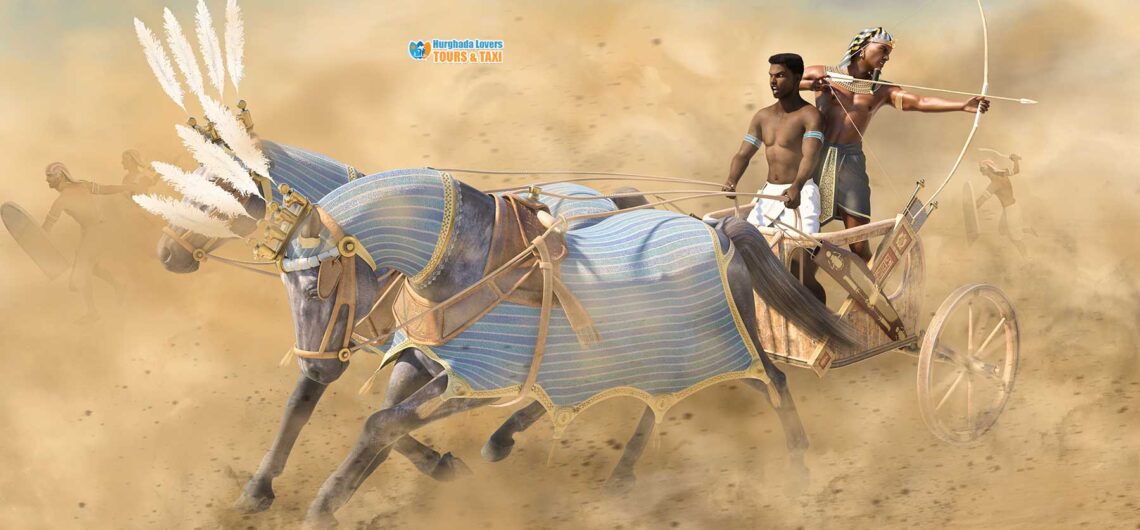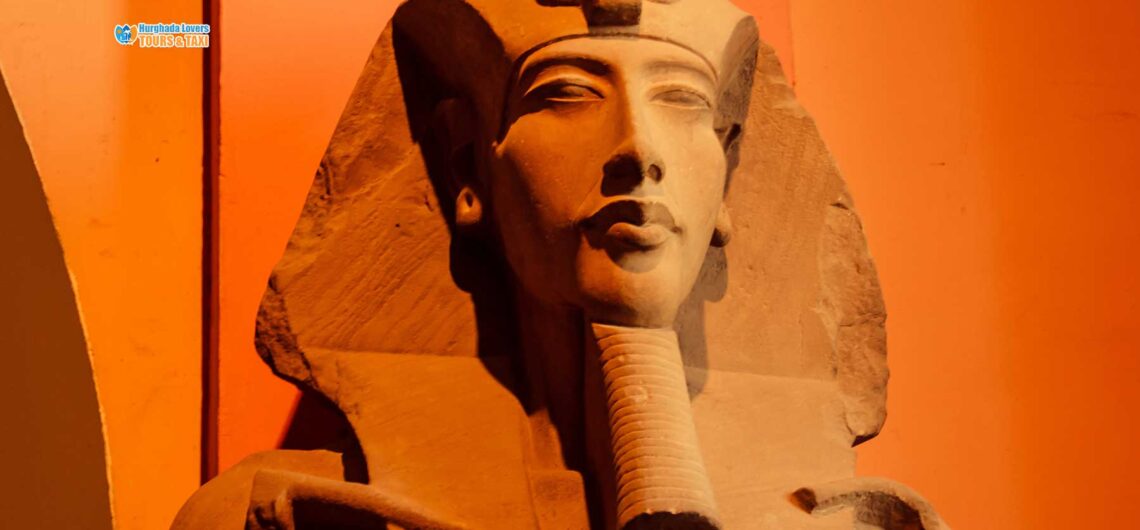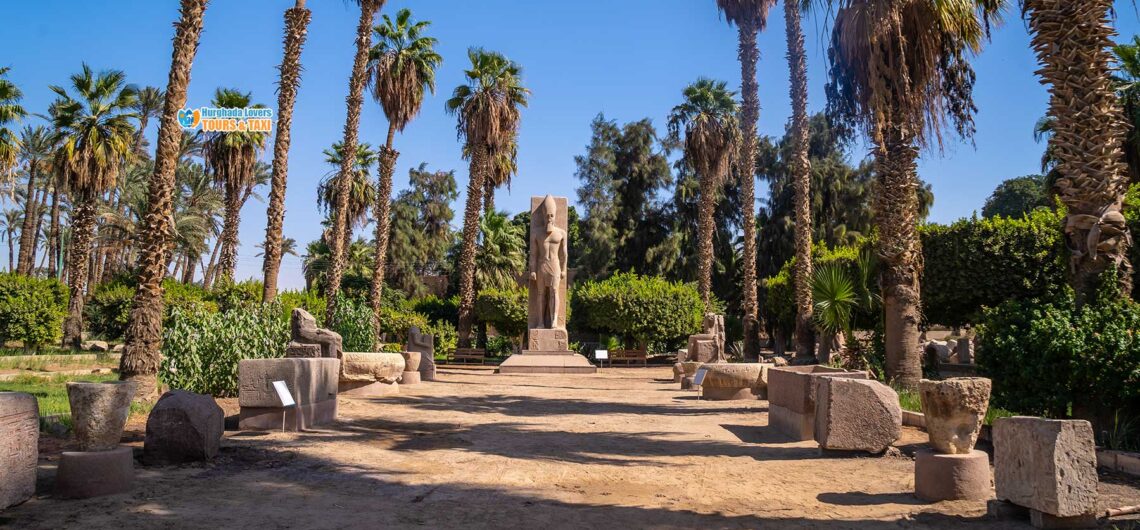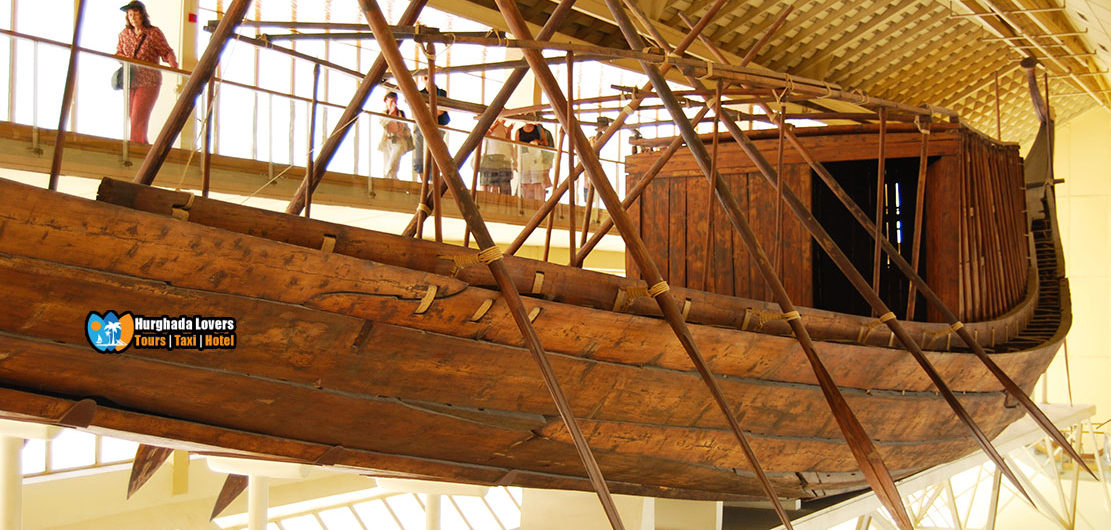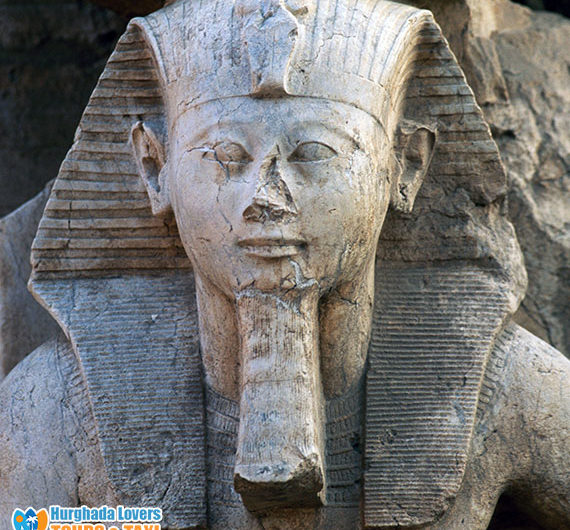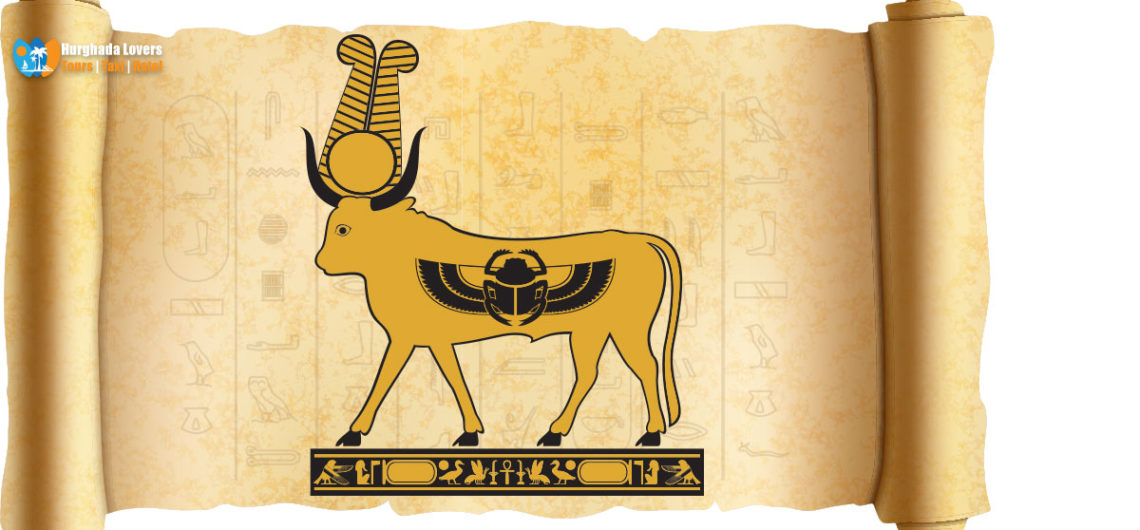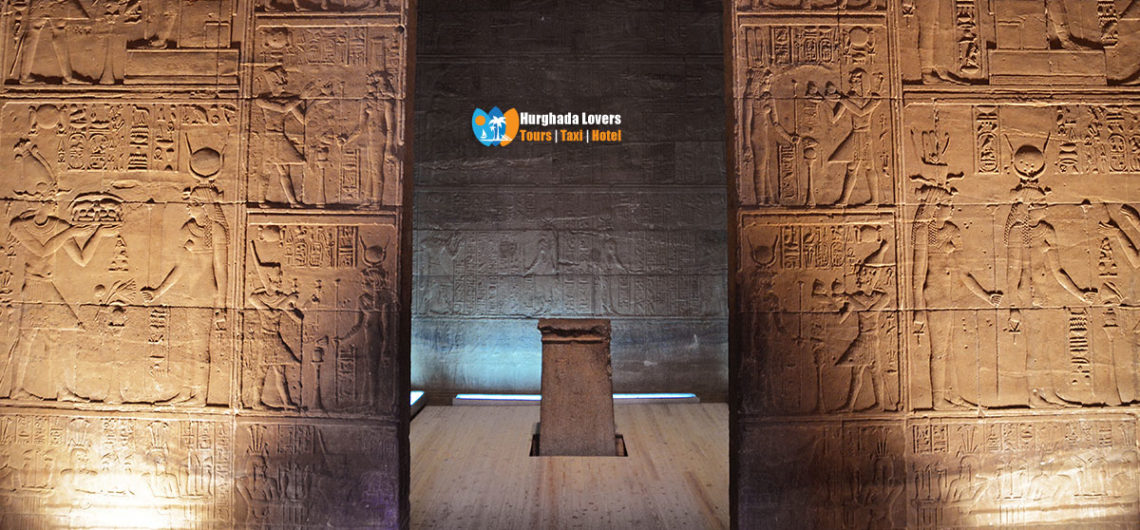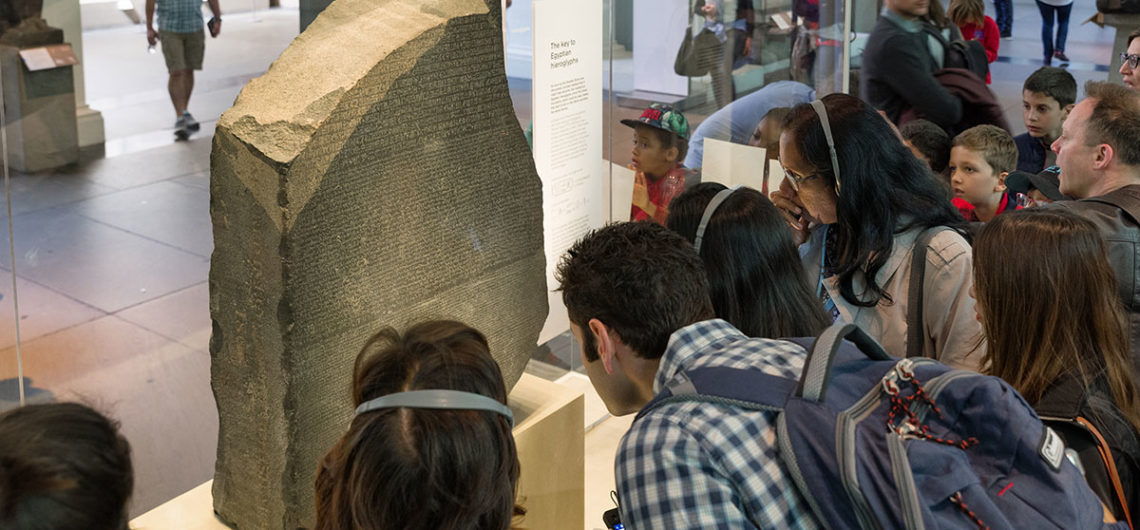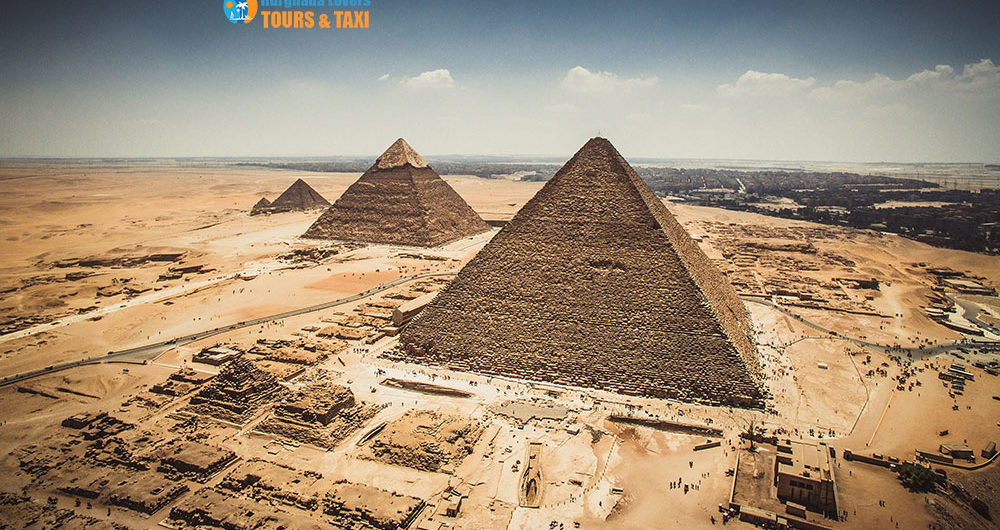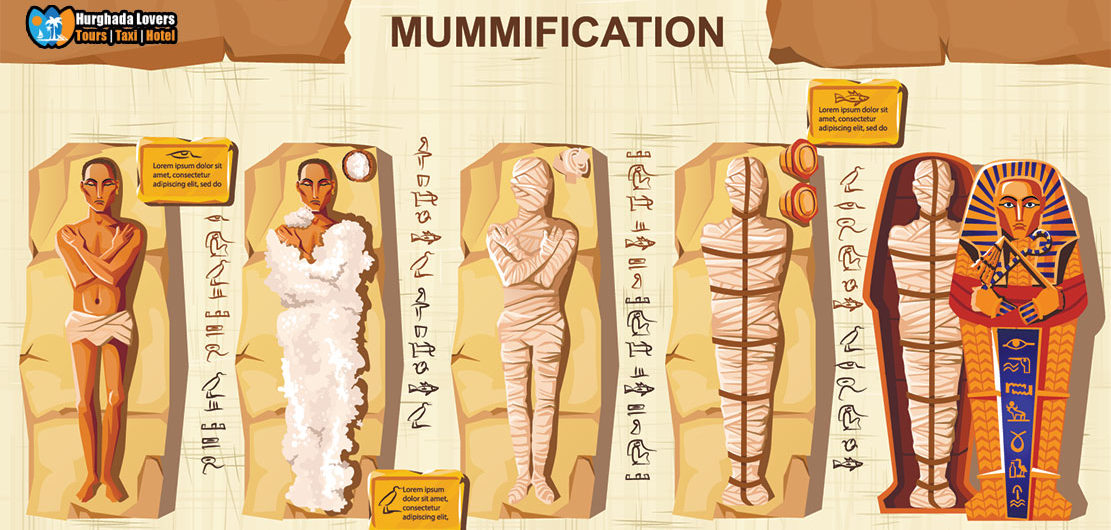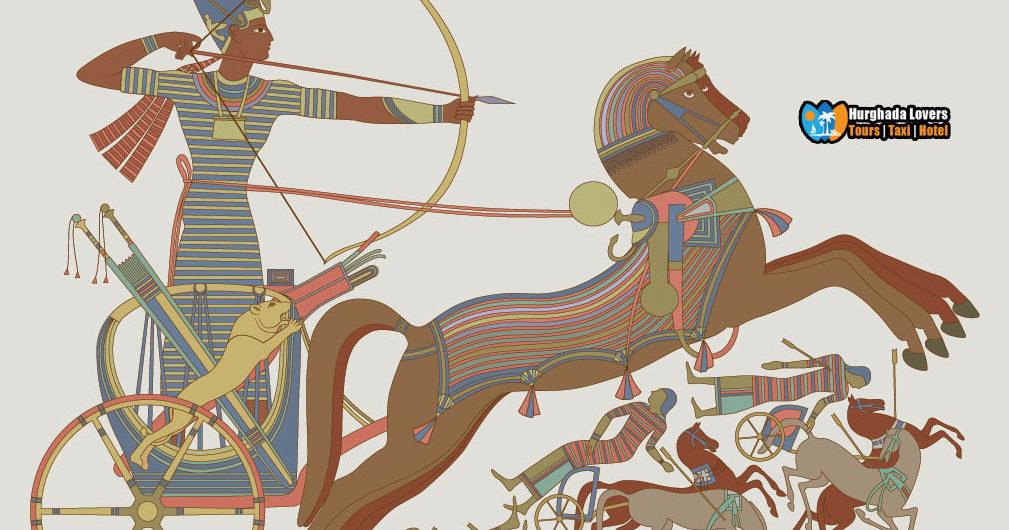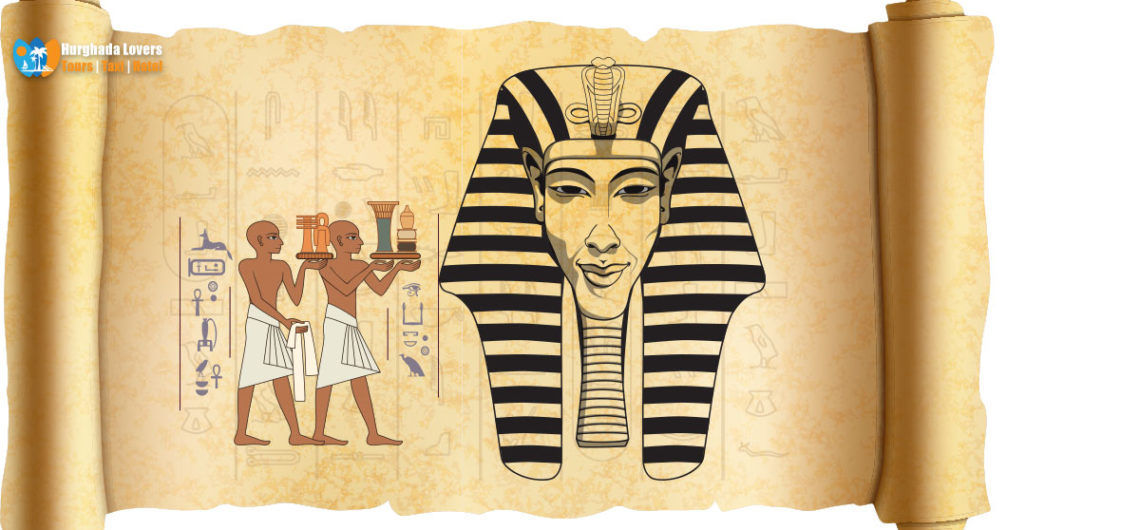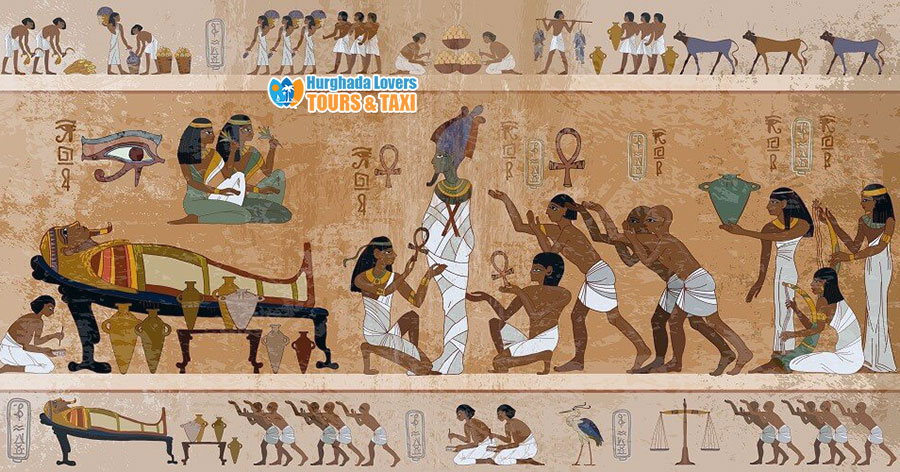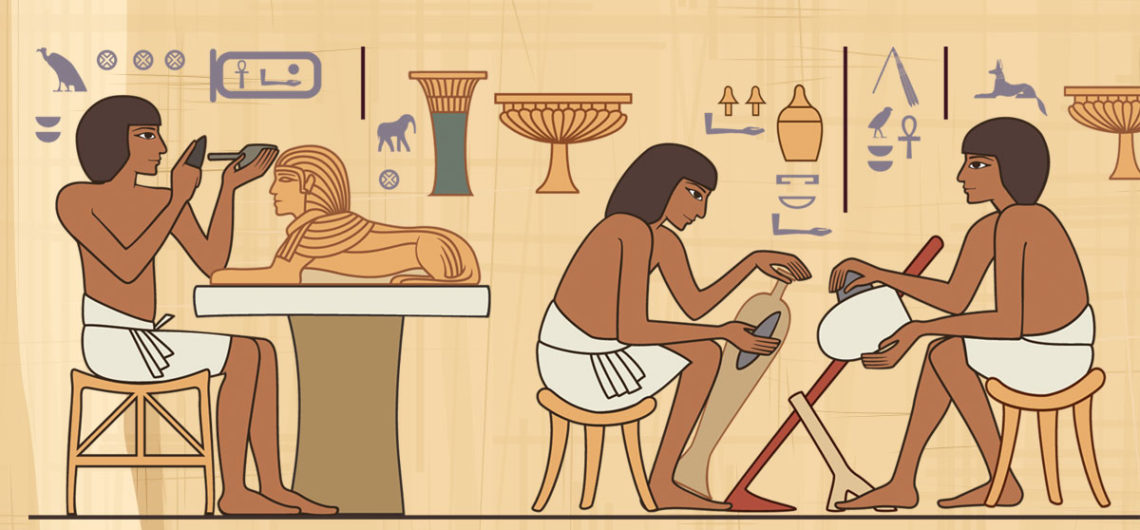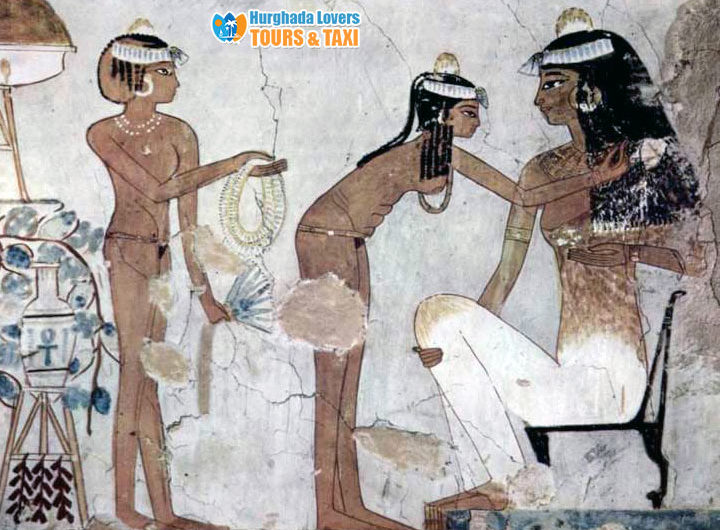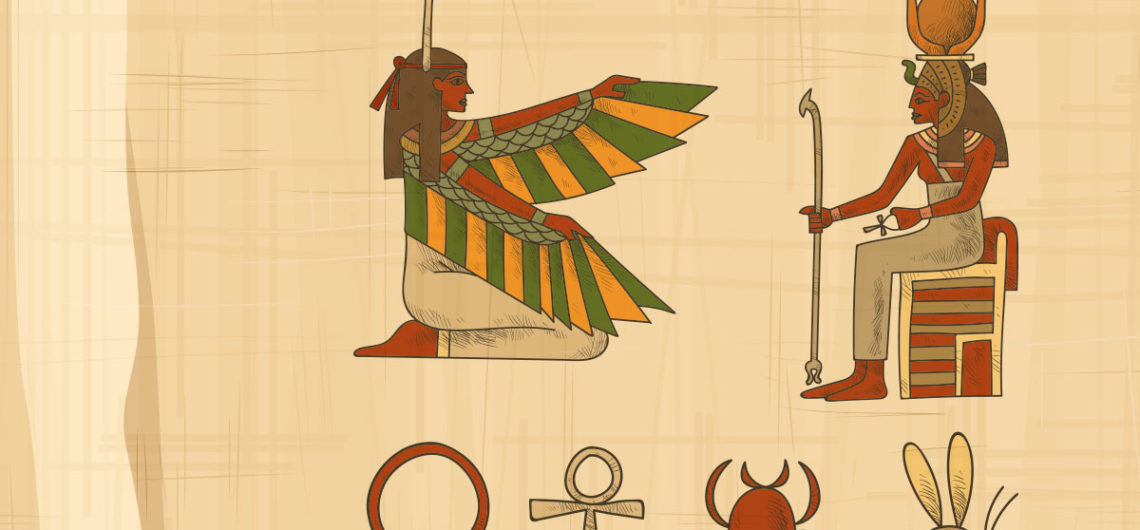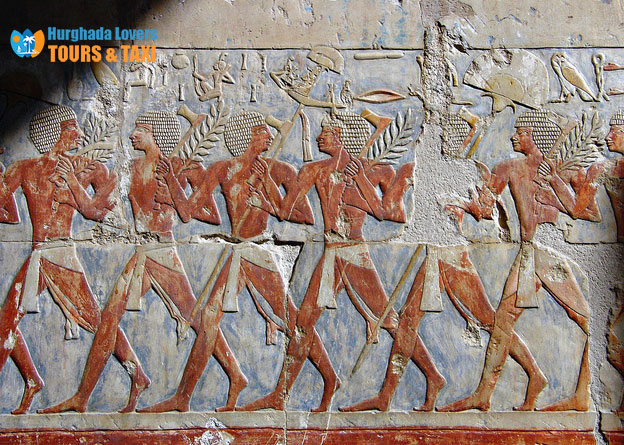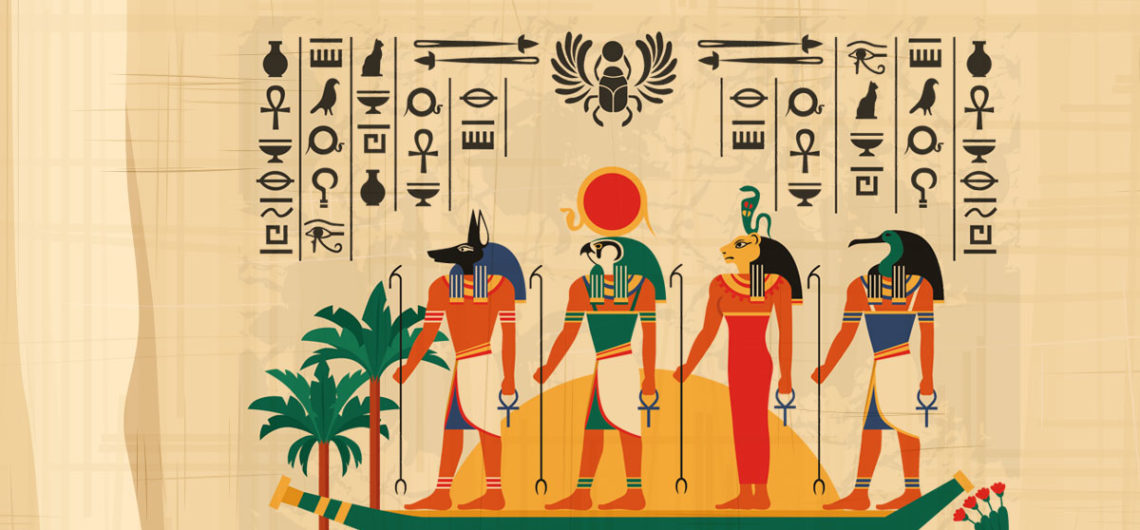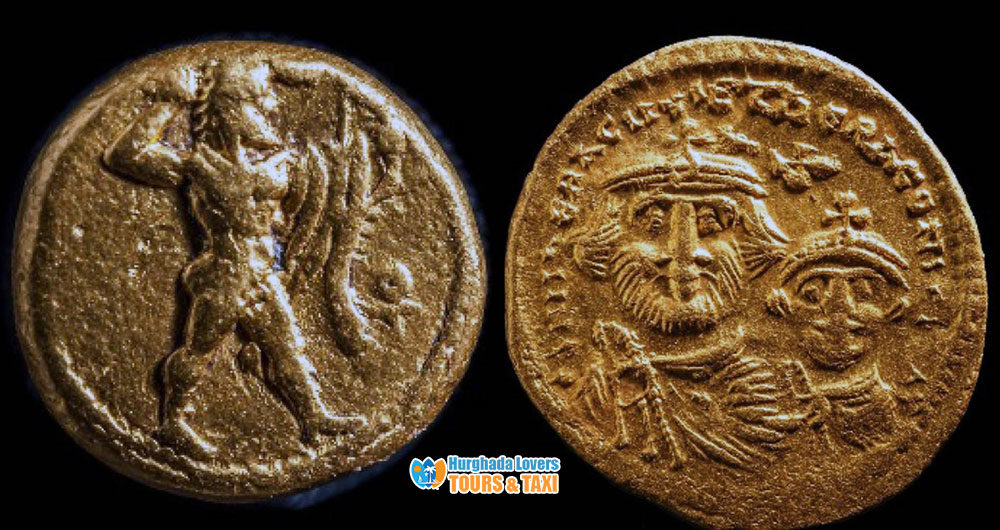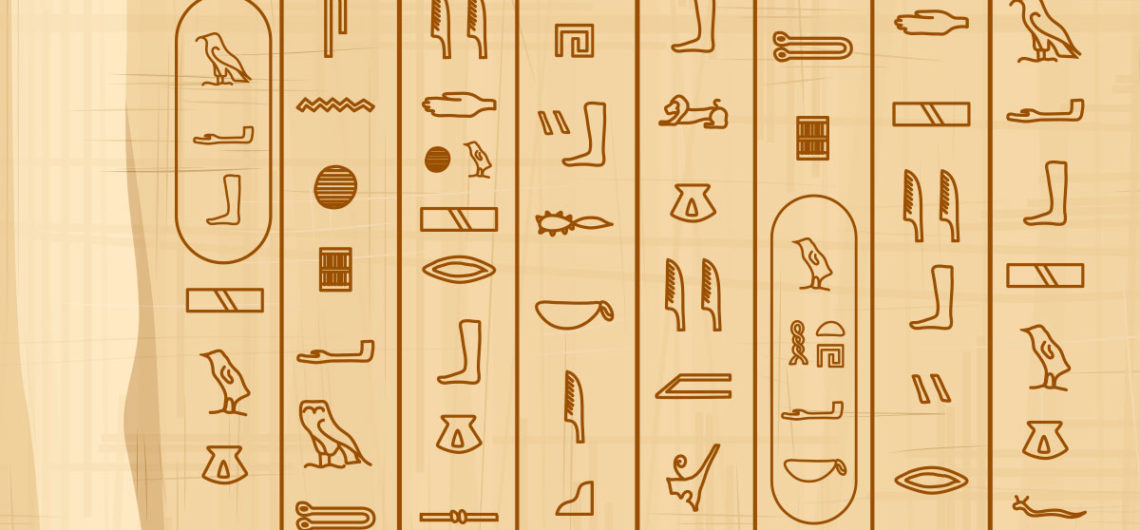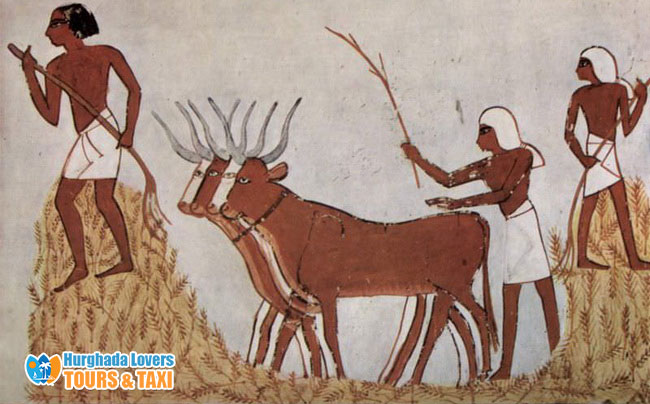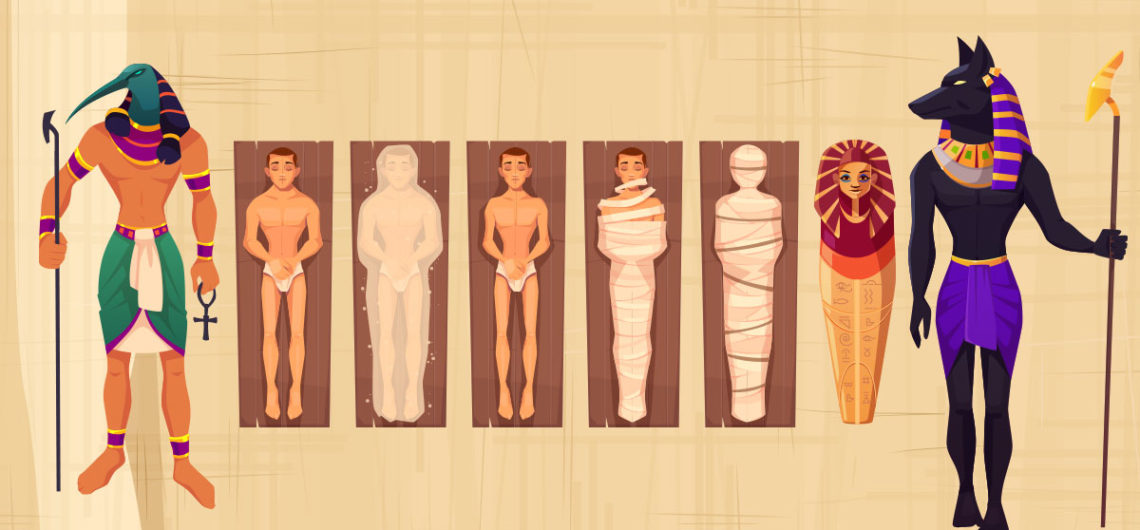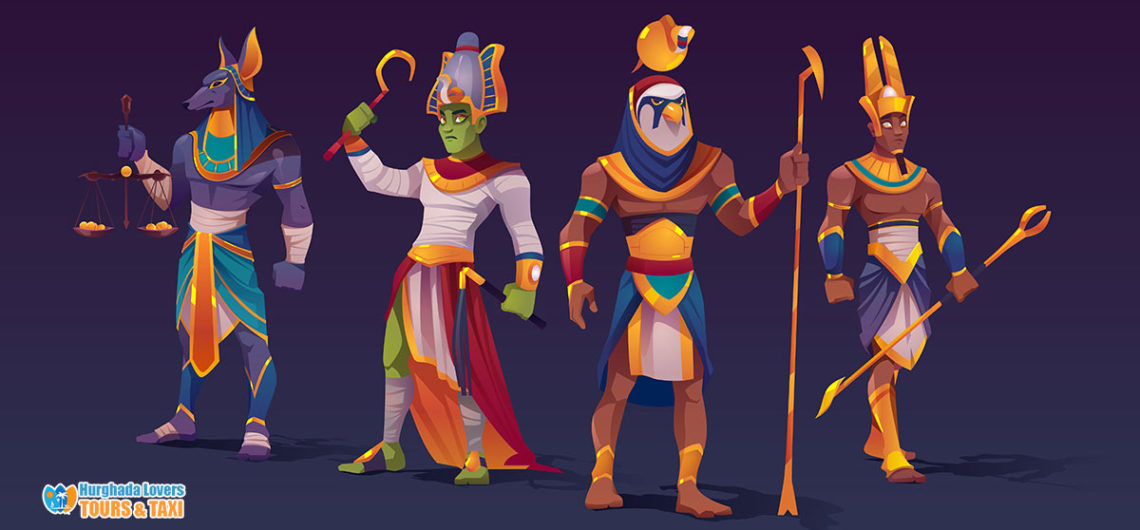God Osiris | Facts Ancient Egyptian Gods and Goddesses | God of Fertility, Agriculture, After Life, Death, Resurrection in Pharaonic Civilization & Most Important Ancient Egypt Deities, Mythology Symbols, Definition, Temple, Photo, Who was and more… the symbol of reckoning and resurrection and the head of the court of the dead in the afterlife of the ancient Egyptians and pharaohs | Facts and history of the gods and religious beliefs
God Hathor
- The Egyptian Gods
- Ancient Egypt, Ancient Egypt Facts, Ancient Egypt History, Ancient Egyptian gods and Goddesses, Egypt, Egyptian deities, Egyptian Pharaohs, Egyptian Pharaohs kings, Female Pharaohs, God Hathor, God Horus, God Isis, God Osiris, History Of Egyptian Civilization, Pharaohs, Pharaohs kings, Religious rituals in the Pharaonic, The Egyptian Gods, The Pharaonic legends
God Hathor | Facts The Egyptian Gods and Goddesses | God of love, motherhood, beauty, happiness, music and fertility in Pharaonic Civilization & Most Important Ancient Egypt Deities, Mythology Symbols, Definition, Temple, Photo, Who was and more… the symbol of love, motherhood, beauty, happiness, music and fertility among the ancient Egyptians and pharaohs | Facts and history of the gods and religious beliefs in the civilization of ancient Egypt, discover
God Anubis | Facts Ancient Egyptian Gods and Goddesses | God of Death, Embalming, underworld in Pharaonic Civilization & Most Important Ancient Egypt Deities, Mythology Symbols, Definition, Temple, Photo, Who was and more… the symbol of the dead, mummification and the underworld among the ancient Egyptians and pharaohs | Facts and history of the gods and religious beliefs in the civilization of ancient Egypt, discover myths, temples, tales about him,
God Ra
- The Egyptian Gods
- Ancient Egypt, Ancient Egypt Facts, Ancient Egypt History, Ancient Egyptian gods and Goddesses, Egypt, Egyptian deities, Egyptian Pharaohs, Egyptian Pharaohs kings, Egyptian Temples, Egyptian Tombs, Female Pharaohs, Festivals in Ancient Egypt, Fourth Dynasty of Egypt, God Aton, God Atum, God Hathor, God Horus, God Osiris, God Ra, History Of Egyptian Civilization, King Djoser, King Sneferu, Old Kingdom, Pharaohs, Pharaohs kings, Religious rituals in the Pharaonic, Second Dynasty of Egypt, Sed Festival, The Egyptian Gods, The Pharaonic legends, The Pharaonic Lotus Flower, Third Dynasty of Egypt
God Ra | Facts The Egyptian Gods and Goddesses | God of sun in Pharaonic Civilization & Most Important Ancient Egypt Deities, Mythology Symbols, Definition, Temple, Photo, Who was and more The legends of creation in the Pharaonic civilization. Hurghada lovers Offer Luxury Hurghada to Luxor Tours | El Gouna to Luxor Tours | Makadi bay to Luxor Tours | Sahl Hasheesh to Luxor Tours | Soma bay to Luxor
God Amun “Amon, Ammon, Amen, Amun-Ra” | Facts Ancient Egyptian Gods and Goddesses | God of sun, fertility and wind in Pharaonic Civilization & Most Important Ancient Egypt Deities, Mythology Symbols, Definition, Temple, Photo, Who was and more… the symbol of the sun, fertility and wind among the ancient Egyptians and pharaohs | Facts and history of the gods and religious beliefs in the civilization of ancient Egypt, discover myths,
God Sobek “Sobki” | Facts Ancient Egyptian Gods and Goddesses | God of Crocodiles, Power, Protection and Fertility in Pharaonic Civilization & Most Important Ancient Egypt Deities, Mythology Symbols, Definition, Temple, Photo, Who was and more… the symbol of the crocodile among the ancient Egyptians and pharaohs | Facts and history of the gods and religious beliefs in the civilization of ancient Egypt, discover myths, temples, tales about him, and
God Khonsu | Facts Ancient Egyptian Gods and Goddesses | god of the Moon in Pharaonic Civilization & Most Important Ancient Egypt Deities, Mythology Symbols, Definition, Temple, Photo, Who was and more… Khonsu “Khunsu or Khonsu” – the symbol of the moon among the ancient Egyptians and pharaohs – Ibn Amun and death in the Theban trinity | Facts and history of the gods and religious beliefs in the civilization
God Sokar “Seker” | Facts Ancient Egyptian Gods and Goddesses | God of the Underworld, Fertility, Earth, Death in Pharaonic Civilization & Most Important Ancient Egypt Deities, Mythology Symbols, Definition, Temple, Photo, Who was and more… The symbol of fertility, earth and death for the ancient pharaohs and Egyptians | Facts and history of the gods and religious beliefs in the civilization of ancient Egypt, discover myths, temples, tales about
God Ptah | Facts Ancient Egyptian Gods and Goddesses | God of Craftsmen, Rebirth and Creation in Pharaonic Civilization & Most Important Ancient Egypt Deities, Mythology Symbols, Definition, Temple, Photo, Who was and more… the symbol of the creation of existence and the universe among the ancient Egyptians and pharaohs | Facts and history of the gods and religious beliefs in the civilization of ancient Egypt, discover myths, temples, tales
Senenmut
- Egyptian Pharaohs
- Ancient Egypt, Ancient Egypt Facts, Ancient Egypt History, Egypt, Egyptian deities, Egyptian Pharaohs, Egyptian Pharaohs kings, Eighteenth Dynasty of Egypt, Female Pharaohs, God Amun, God Anubis, God Hathor, God Montu, God Ra, History Of Egyptian Civilization, Karnak Temple, mortuary temple of hatshepsut, Nile River, Pharaohs, Pharaohs kings, Princess Neferure, Queen Hatshepsut, Senenmut, The Egyptian Gods, valley of the kings
Senenmut – Egyptian Pharaohs Facts about the engineer who built Deir El Bahari in Luxor, the history of the Pharaonic civilization, the secrets of his love story and passion for Queen Hatshepsut “Female Pharaohs” in the ancient Pharaonic Ancient Egypt, and more.. Senenmut Facts He is the engineer for architectural affairs and among the ministers in the royal court during the era of Queen Hatshepsut from the Eighteenth Dynasty of Egypt
Imhotep
- Egyptian Pharaohs
- Ancient Egypt, Ancient Egypt Facts, Ancient Egypt History, Egypt, Egyptian deities, Egyptian Pharaohs, Egyptian Pharaohs kings, Female Pharaohs, History Of Egyptian Civilization, Imhotep, King Djoser, Pharaohs, Pharaohs kings, Pyramid of Djoser, The Egyptian Gods, Third Dynasty of Egypt
Imhotep – Egyptian Pharaohs The history of the Pharaonic civilization and the facts of the first architects and doctors in history and how he built the Pyramid of Djoser included in the ancient Pharaonic civilization of Egypt. The architect Imhotep is one of the most famous pharaohs of Ancient Egypt, due to his professional life in which he practiced a wide range of professions, including engineering and Architecture in ancient Egypt,
Architect Hemiunu
- Egyptian Pharaohs
- Ancient Egypt, Ancient Egypt Facts, Ancient Egypt History, Architect Hemiunu, Egypt, Egyptian deities, Egyptian Pharaohs, Egyptian Pharaohs kings, Female Pharaohs, God Ra, Great Pyramid of Giza, History Of Egyptian Civilization, King Khufu, Pharaohs, Pharaohs kings, The Egyptian Gods, The Pyramids of Giza
Architect Hemiunu – Egyptian Pharaohs Facts of the most famous architects throughout the history of the Pharaonic civilization, who built the Great Pyramid of Giza within The Pyramids of Giza in Cairo. To discover the secrets and history of who built the Great Pyramid in the ancient Pharaonic civilization of Egypt, and more to discover The Secrets of Pyramid Construction. Architect Hemiunu Facts The architect Ham Iono Ka was among the
Amenhotep
- Egyptian Pharaohs
- Amenhotep, Ancient Egypt, Ancient Egypt Facts, Ancient Egypt History, Egypt, Egyptian deities, Egyptian Pharaohs, Egyptian Pharaohs kings, Eighteenth Dynasty of Egypt, Female Pharaohs, God Amun, History Of Egyptian Civilization, Karnak Temple, King Amenhotep III, King Thutmose III, luxor temple, Pharaohs, Pharaohs kings, The Egyptian Gods, The New Kingdom
Amenhotep, son of Hapu – Egyptian Pharaohs Historical facts about the architect Amenhotep ibn Habu in the ancient Pharaonic civilization of Egypt, who built the Luxor Temple and the Hypostyle Hall in the Karnak Temple in the city of Luxor, and more secrets of the history of the Pharaonic civilization “Ancient Egypt History“.. Amenhotep, son of Hapu Facts Engineer Habu, or Amenhotep bin Habu, is an architect and a well-known
Pharaonic Scarab
- Ancient Egypt Facts
- Ancient Egypt, Ancient Egypt Facts, Ancient Egypt History, Black Pharaohs, Egypt, Egyptian deities, Egyptian hieroglyphs, Egyptian Pharaohs, Egyptian Pharaohs kings, Egyptian Temples, Egyptian Tombs, Eighteenth Dynasty of Egypt, Eleventh Dynasty of Egypt, Female Pharaohs, History Of Egyptian Civilization, Karnak Temple, King Amenhotep III, King Mentuhotep I, king Piye, King Psamtik I, King Ramses II, king Teti, Middle Kingdom, Mortuary Temples, Nineteenth Dynasty of Egypt, Old Kingdom, Pharaohs, Pharaohs kings, Pharaonic Scarab, Sixth Dynasty of Egypt, The Egyptian Gods, The New Kingdom, valley of the kings
Pharaonic Scarab | Facts Ancient Egyptian Symbol, Amulets Scarab Beetles To bring luck and wealth, Talismans in ancient Egypt and more Ancient Egypt History. Discover What did the Scarab bug symbolize in Pharaonic Civilization ans how can use in Clothing in ancient Egypt, The facts of the amulet of the pharaohs to bring luck and wealth and the history of the ancient Egyptians’ use of the beetle bug and its
Book of Amduat
- Ancient Egypt Facts
- Aaru, Ancient Egypt, Ancient Egypt Facts, Ancient Egypt History, Ancient Egyptian Religion, Book of Amduat, Egypt, Egyptian deities, Egyptian Pharaohs, Egyptian Pharaohs kings, Egyptian Tombs, Eighteenth Dynasty of Egypt, Female Pharaohs, God Ra, History Of Egyptian Civilization, King Ramses II, Pharaohs, Pharaohs kings, Pharaonic Civilization, Pyramid Texts, The Egyptian Gods, The New Kingdom, Twentieth Egyptian Dynasty, Twenty-first Egyptian Dynasty, valley of the kings
Book of Amduat in Ancient Egypt | Facts Hidden Chamber & Texts of What is in the Underworld, Sacred books of the Pharaohs and tells the secrets of what exists in the other world, ancient Egyptian funerary texts, the history of the Ancient Egyptian religion, and more about Ancient Egypt History. Facts of the texts of the Book of the Hereafter at the Pharaohs and secrets you did not know
Book of Caverns
- Ancient Egypt Facts
- Ancient Egypt, Ancient Egypt Facts, Ancient Egypt History, Black Pharaohs, Book of Caverns, Egypt, Egyptian deities, Egyptian Pharaohs, Egyptian Pharaohs kings, Egyptian Tombs, Eighteenth Dynasty of Egypt, Female Pharaohs, Flinders Petrie, God Ra, Henri Frankfort, History Of Egyptian Civilization, King Herihor, Osireion Temple, Pharaohs, Pharaohs kings, Queen Nodjmet, The Egyptian Gods, The New Kingdom, Thebes, Tombs of The Nobles in Luxor, Twentieth Egyptian Dynasty, valley of the kings
Book of Caverns in Ancient Egypt Pharaonic Civilization | The facts of the Pharaonic Book of Egyptian Tombs and the secrets of the funerary book texts about the underworld with the beliefs of the ancient Egyptians, the Pharaohs, and more about Ancient Egypt History. Book of Caverns in Ancient Egypt What is the Egyptian Book of the Underworld? The Book of Caves, or what is known as the Book of
Book of Gates
- Ancient Egypt Facts
- Ancient Egypt, Ancient Egypt Facts, Ancient Egypt History, Book of Gates, Egypt, Egyptian deities, Egyptian Mythology, Egyptian Pharaohs, Egyptian Pharaohs kings, Egyptian Tombs, Eighteenth Dynasty of Egypt, Female Pharaohs, History Of Egyptian Civilization, Pharaohs, Pharaohs kings, The Book of the Dead, The Egyptian Gods, The New Kingdom, valley of the kings
Book of Gates in Ancient Egypt Pharaonic Civilization | Secrets and facts you did not know before about the contents of the funerary texts of the ancient civilization of Egypt in the book The Nine Gates of the Kingdom of Darkness for the era of the modern Egyptian state at the Pharaohs and more about Ancient Egypt History. Book of Gates When was the book of Gates written? The Book
Ancient Egyptian Grave Robbers
- Ancient Egypt Facts
- Abdel Rasool Family, Ancient Egypt, Ancient Egypt Facts, Ancient Egypt History, Ancient Egyptian Grave Robbers, Egypt, Egypt Archaeological Sites, Egyptian Antiquities, Egyptian deities, Egyptian Pharaohs, Egyptian Pharaohs kings, Egyptian Temples, Egyptian Tombs, Eighteenth Dynasty of Egypt, Female Pharaohs, History Of Egyptian Civilization, King Tutankhamun, Pharaohs, Pharaohs kings, Queen Hatshepsut, Royal Cache, The Egyptian Gods, The New Kingdom, Thebes, Tombs of The Nobles in Luxor, Twentieth Egyptian Dynasty, valley of the kings
Ancient Egyptian Grave Robbers | Facts Tomb Robbing & Corruption in Pharaonic civilization, Secret The Royal Cache of Deir el-Bahri in Luxor and more… Robbers of the tombs of the Pharaohs, History of how the gold Mummy belongings of the king were stolen in the ancient Pharaonic civilization of Egypt and more about Ancient Egypt History. Egypt was and still is coveted throughout history, and Egyptian Antiquities in Egypt Archaeological
Fourth Dynasty of Egypt
- Pharaohs
- Ancient Egypt, Ancient Egypt Facts, Ancient Egypt History, Egypt, Egyptian deities, Egyptian Pharaohs, Egyptian Pharaohs kings, Female Pharaohs, Fourth Dynasty of Egypt, God Bat, God Hathor, History Of Egyptian, History Of Egyptian Civilization, King Djedefre, King Khafre, King Khufu, King Menkaure, King Shepseskaf, King Sneferu, Memphis, Old Kingdom of Egypt, Pharaohs, Pharaohs kings, Prince Rahotep, Queen Henutsen, Queen Hetepheres I, Queen Hetepheres II, Queen Khamerernebty II, Queen Meresankh II, Queen Meresankh III, Queen Meritites I, Secrets of the Pharaohs, The Egyptian Gods
Fourth Dynasty of Egypt | Facts about the era of building the pyramids, the “Golden Age,” the history of the Egyptian Pharaohs kings and Female Pharaohs in the Old Kingdom of Egypt, the reason for its collapse, their Pharaonic Egyptian Antiquities, and more about Ancient Egypt History. The Fourth Dynasty in Ancient Egypt lived during the golden age of Egypt. Rather, the era of that dynasty was the era of the
Tenth Dynasty of Egypt
- Pharaohs
- 11th Dynasty, 6th Dynasty, Ancient Egypt, Ancient Egypt Facts, Ancient Egypt History, Egypt, Egyptian deities, Egyptian Pharaohs, Egyptian Pharaohs kings, Female Pharaohs, History Of Egyptian, History Of Egyptian Civilization, king pepi ii, Memphis, Pharaohs, Pharaohs kings, Secrets of the Pharaohs, Tenth Dynasty of Egypt, The Egyptian Gods
Tenth Dynasty of Egypt | Facts Ancient Egypt, 10th Dynasty History | Who were the pharaohs 10th Pharaonic Dynasty, List of Egyptian Pharaohs kings and Female Pharaohs The kings of the Pharaohs ruled the Tenth Egyptian Dynasty in ancient Egypt for nearly 90 years, as the family’s control over Egypt began from 2130 until 2040 BC. The family came in the first period of transition to Egypt and immediately after
Seventeenth Dynasty of Egypt
- Pharaohs
- Ancient Egypt, Ancient Egypt Facts, Ancient Egypt History, Egypt, Egyptian deities, Egyptian Pharaohs, Egyptian Pharaohs kings, Female Pharaohs, History Of Egyptian, History Of Egyptian Civilization, King Intef V, King Intef VI, King Intef VII, King Kamose, King Sekhemre Shedtawy Sobekemsaf II, King Sekhemre Wadjkhaw Sobekemsaf I, King Seqenenre Tao, Pharaohs, Pharaohs kings, Queen Ahhotep I, Queen Ahhotep II, Queen Ahmose Henuttamehu, Queen Sitdjehuti, Queen Tetisheri, Secrets of the Pharaohs, Seventeenth Dynasty of Egypt, The Egyptian Gods
Seventeenth Dynasty of Egypt | Facts, History | Who were the pharaohs of the 17th dynasty, List of Female Pharaohs and Egyptian Pharaohs kings more about Ancient Egypt History. Discover The Seventeenth Egyptian Dynasty and a list of the kings of the Pharaohs and the Pharaonic queens of Egypt who ruled the throne of Ancient Egypt | Facts about the civilization of ancient Egypt, the history of the Pharaonic civilization,
Twenty-first Egyptian Dynasty
- Pharaohs
- Ancient Egypt, Ancient Egypt Facts, Ancient Egypt History, Egypt, Egyptian deities, Egyptian Pharaohs, Egyptian Pharaohs kings, Female Pharaohs, History Of Egyptian Civilization, Industry in ancient Egypt, Pharaohs, Pharaohs kings, The Egyptian Gods, Third Intermediate Period of Egypt, Twenty-first Egyptian Dynasty
Twenty-first Egyptian Dynasty “Mutnedjmet” | Facts Macedonian invasion, History | Who was the first pharaoh of the 21st dynasty, List of Pharaohs The New Kingdom and more Ancient Egypt History… Facts about the ancient Egyptian civilization, the history of the Pharaonic civilization, the most important Pharaonic kings and achievements, who was its founder, how was the period of its rule, and their Pharaonic Egyptian Monuments in Egypt Archaeological Sites. The
Nineteenth Dynasty of Egypt | The names of the Egyptian Pharaohs kings and the queens of Pharaonic Egypt “Female Pharaohs” in The New Kingdom of Egypt, and what are the achievements of the kings of the Pharaohs of the 19th Dynasty in the civilization of Ancient Egypt, their Pharaonic antiquities, and more of the Ancient Egypt History Facts and history of the Nineteenth Egyptian Dynasty in the New Kingdom civilization,
Twentieth Egyptian Dynasty
- Pharaohs
- Ancient Egypt, Ancient Egypt Facts, Ancient Egypt History, Egypt, Egyptian deities, Egyptian Pharaohs, Egyptian Pharaohs kings, Female Pharaohs, History Of Egyptian, History Of Egyptian Civilization, Pharaohs, Pharaohs kings, Secrets of the Pharaohs, The Egyptian Gods, The New Kingdom, The Ramesside Period, Twentieth Egyptian Dynasty, valley of the kings
Twentieth Egyptian Dynasty | Facts Ramessids, History When was the 20th Dynasty, List of Pharaohs Rulers The New Kingdom and more… Facts and history of the Pharaonic civilization of the last royal family of the New Kingdom period in ancient Egypt, who is its founder, the period of rule, the twentieth Egyptian dynasty kings, what are the secrets of the end of the 20th dynasty rule, and more about Ancient
Eighteenth Dynasty of EgyptIn the civilization of Ancient Egypt, The New Kingdom of Egypt | The names of the Egyptian Pharaohs kings and the Pharaonic queens of Egypt “Female Pharaohs“, what are the characteristics, achievements, Egyptian Monuments, and more about Ancient Egypt History. Eighteenth Dynasty of Egypt facts The most famous member of Dynasty 18 is Tutankhamun, the owner of the most famous Egyptian Tombs in history. Tutankhamun’s tomb was
Egyptian Cartouche
- Ancient Egypt Facts
- Ancient Egypt, Ancient Egypt Facts, Ancient Egypt History, Egypt, Egypt Archaeological Sites, Egyptian Antiquities, Egyptian Cartouche, Egyptian deities, Egyptian Pharaohs, Egyptian Pharaohs kings, Egyptian Temples, Female Pharaohs, Fourth Dynasty of Egypt, History Of Egyptian Civilization, King Djoser, King Ramses II, Nineteenth Dynasty of Egypt, Old Kingdom, Pharaohs, Pharaohs kings, Pharaonic Cartridges, The Egyptian Gods, Thebes, Third Dynasty of Egypt, valley of the kings, Valley of The Queens
Egyptian Cartouche | History, Facts Pharaonic Cartouches in Ancient Egypt, Definition, Symbol & Characteristics… Discover Facts about the civilization of ancient Egypt, the history of the cartouches of the Female Pharaohs and Egyptian Pharaohs kings, what is the shape of the Pharaonic Royal Cartouche, and how it was used to write the names of the Pharaonic kings of Egypt and their royal titles in Egyptian Temples and Egyptian Tombs, and
Ancient Egyptian Papyrus
- Ancient Egypt Facts
- Ancient Egypt, Ancient Egypt Facts, Ancient Egypt History, Ancient Egyptian Grave Robbers, Ancient Egyptian Papyrus, Berlin Papyrus, Brooklyn Museum, Egypt, Egyptian deities, Egyptian hieratic language, Egyptian Pharaohs, Egyptian Pharaohs kings, Egyptian Tombs, Female Pharaohs, History Of Egyptian Civilization, King Ramses II, King Setnakhte, Moscow Mathematical Papyrus, Papyrus, Pharaohs, Pharaohs kings, Ptahhotep, Story of Sinuhe, The Egyptian Gods, The New Kingdom, Thebes, tomb of Ipuy, Tombs of The Nobles in Luxor, Twentieth Egyptian Dynasty, valley of the kings
Ancient Egyptian Papyrus | Facts Pharaohs Papyrus of Ancient Egypt, Details of the Pharaonic medical papyri in the ancient Egyptian civilization and facts about the translation of the texts of the Turin King List, Brooklyn Medical, Turin, and more of Ancient Egypt History. Ancient Egyptian Papyrus Turin King List “Turin Royal Canon” Facts and secrets of the Turin papyrus, the names of the Egyptian Pharaohs kings and Female Pharaohs, the
Ushabti Statue
- Ancient Egypt Facts
- Ancient Egypt, Ancient Egypt Facts, Ancient Egypt History, Ancient Egyptian Language, Black Pharaohs, Egypt, Egyptian deities, Egyptian Pharaohs, Egyptian Pharaohs kings, Egyptian Tombs, Female Pharaohs, History Of Egyptian Civilization, Old Kingdom, Pharaohs, Pharaohs kings, Pharaonic Ushabti Statues, The Book of the Dead, The Egyptian Gods, The New Kingdom, Thebes, Third Dynasty of Egypt, Twenty-Sixth Dynasty of Egypt, Ushabti, valley of the kings
Ushabti Statue in ancient Egypt | Facts Ancient Egyptian Statuette “shabti, shawabti” and more about Ancient Egypt History. History of the Pharaonic civilization and the secrets of the ancient Egyptian civilization of the statue of shawabti, the most important artifact that is placed with the Mummy of the Pharaohs in the cemetery to serve the deceased in the other world “according to Ancient Egyptian religion. Ushabti Statue in ancient Egypt
Greek-Roman era
- Pharaohs
- Ancient Egypt, Ancient Egypt Civilization, Ancient Egypt Facts, Ancient Egypt History, Ancient Egyptian, Ancient Egyptians, Egypt, Egyptian Civilization, Egyptian deities, Egyptian Pharaohs, Egyptian Pharaohs kings, Female Pharaohs, God Horus, God Isis, God Osiris, History Of Egyptian Civilization, Medicine in ancient Egypt, Pharaohs, Pharaohs kings, Pharaonic Civilization, The Egyptian Gods
Greek-Roman era of ancient Egypt (332 BC – 396 AD) | facts and history of the Roman Empire, how it began and more. Facts and history of the Pharaonic civilization, the Roman Empire, how it began, the most important Female Pharaohs and Egyptian Pharaohs kings, Pharaonic Egyptian Monuments, and the achievements of that period throughout the Ancient Egypt History.. Greek-Roman era Facts The Roman era is one of the historical
Ptolemaic Kingdom
- Pharaohs
- Ancient Egypt, Ancient Egypt Civilization, Ancient Egypt Facts, Ancient Egypt History, Ancient Egyptian, Ancient Egyptians, Egypt, Egyptian Civilization, Egyptian deities, Egyptian Pharaohs, Egyptian Pharaohs kings, Female Pharaohs, History Of Egyptian Civilization, Pharaohs, Pharaohs kings, Pharaonic Civilization, Ptolemaic Kingdom, Temple of Edfu, The Egyptian Gods
Ptolemaic Kingdom of Ancient Egypt | History and facts Ptolemaic dynasty, architecture, Female Pharaohs and Egyptian Pharaohs kings, the secrets of Ptolemy I and more Ancient Egypt History. The Ptolemaic era is one of the eras that ancient Egypt passed through. The Ptolemies are a family whose origins go back to Macedonia and which came to Egypt after the death of Alexander the Great. Their arrival was in the year
Middle Kingdom of Egypt
- Pharaohs
- Ancient Egypt, Ancient Egypt Facts, Ancient Egypt History, Ancient Egypt Pharaohs, Ancient Egyptian Gods, Ancient Egyptian Mummies, Egypt, Egyptian deities, Egyptian Pharaohs, Egyptian Pharaohs kings, Female Pharaohs, God Amun, History Of Egyptian, History Of Egyptian Civilization, Itjtawy, Middle Kingdom, Middle Kingdom of Egypt, Pharaohs, Pharaohs kings, Pharaonic, Secrets of the Pharaohs, The Egyptian Gods, Thebes
Middle Kingdom of Egypt | Facts Ancient Egypt, History of Egyptian Pharaohs kings & Female Pharaohs, Egyptian Antiquities, Timeline and more about Ancient Egypt History. Discover the history of the Pharaonic civilization, and the most important Pharaonic antiquities associated with each king, characteristics, the most famous kings and their most important works. The period of rule in Ancient Egyptian Government included the kings and queens of the dynasties of the
Black Pharaohs
- Pharaohs
- Ancient Egypt, Ancient Egypt Civilization, Ancient Egypt Facts, Ancient Egypt History, Ancient Egyptian, Ancient Egyptians, Black Pharaohs, Egypt, Egyptian Civilization, Egyptian deities, Egyptian Pharaohs, Egyptian Pharaohs kings, Egyptian Temples, Egyptian Tombs, Female Pharaohs, History Of Egyptian Civilization, king Piye, King Psamtik I, King Ramses II, Pharaohs, Pharaohs kings, Pharaonic Civilization, The Egyptian Gods, Thebes
Black Pharaohs | History and facts of the Kingdom of Kush in the ancient Pharaonic civilization Twenty-fifth Dynasty of Egypt, what are the effects and kings of the Nubian Pharaohs, and more about Ancient Egypt History. The black pharaohs are the ones who conquered the kings and were able to seize Egypt. Learn about them and their origin in addition to another set of information about them below. Black Pharaohs
Nile River Egypt | Facts, History Of The Nile River from the ancient Egypt Pharaonic civilization till now, Map The longest river in the world. Map, history and facts of the longest rivers in the world and Africa from source to estuary and more about Ancient Egypt History. The Nile River is the longest river in the world, and it passes through a wide range of countries. It originates in
Tell el-Amarna
- Ancient Egypt Facts
- Ancient Egypt, Ancient Egypt Civilization, Ancient Egypt Facts, Ancient Egypt History, Ancient Egyptian, Ancient Egyptians, Ashmolean Museum, Beni Hasan Tombs, Echnaton, Egypt, Egyptian Civilization, Egyptian deities, Egyptian Pharaohs, Egyptian Pharaohs kings, Egyptian Temples, Egyptian Tombs, Eighteenth Dynasty of Egypt, Father Claude Sicard, Female Pharaohs, History Of Egyptian Civilization, King Akhenaton, King Amenhotep III, King Ay, king Smenkhkare, King Tutankhamun, Mortuary Temples, Napoleon Bonaparte, Palace of Malkata, Pharaohs, Pharaohs kings, Pharaonic Civilization, Queen Kiya, Queen Meritaten, Queen Nefertiti, Queen Tiye, Sir John Gardner Wilkinson, Tell el-Amarna, The Egyptian Gods, The New Kingdom, Thebes, Tomb of Ahmes, Tomb of Meryre, Tombs of the Nobles Amarna
Tell el-Amarna, capital of ancient Egypt | History and facts about the capital of the Pharaonic civilization in the era of King Akhenaten “in southern Egypt in Minya and what it contains of Pharaonic monuments and more about Ancient Egypt History. Tell el-Amarna or Akhetaten in the Egyptian capital built by King Akhenaten, an archaeological city located on the eastern bank of the Nile in Upper Egypt, specifically in Minya,
Memphis
- Ancient Egypt Facts
- Ancient Egypt, Ancient Egypt Civilization, Ancient Egypt Facts, Ancient Egypt History, Ancient Egyptian, Ancient Egyptians, Dynasty 0, Egypt, Egyptian Antiquities, Egyptian Civilization, Egyptian deities, Egyptian Pharaohs, Egyptian Pharaohs kings, Egyptian Temples, Egyptian Tombs, Eighteenth Dynasty of Egypt, Eleventh Dynasty of Egypt, Female Pharaohs, Festivals in Ancient Egypt, Flinders Petrie, History Of Egyptian Civilization, King Iry-Hor, king Merneptah, King Narmer, King Psamtik I, king Psusennes I, King Ramses II, king Teti, Manetho, Memphis, Memphis triad, Middle Kingdom, Mortuary Temples, Nineteenth Dynasty of Egypt, Old Kingdom, Open air Museum in Memphis, Pharaohs, Pharaohs kings, Pharaonic Civilization, Sixth Dynasty of Egypt, Statue of King Ramses II, The Egyptian Gods, The New Kingdom, Thebes, Twenty-first Egyptian Dynasty, Twenty-Sixth Dynasty of Egypt
Memphis, ancient Egypt, “the city of Memphis” | Discover the history and facts of the capital of the ancient Pharaonic state and its archaeological and historical landmarks about Ancient Egypt History. Memphis or Manfer is an ancient Egyptian city and the capital of Enb Hajj, which is close to the modern city of Mit Rahina, only 20 km south of Giza, Cairo. Learn about the history of that city. Memphis
Thebes
- Ancient Egypt Facts
- Ancient Egypt, Ancient Egypt Civilization, Ancient Egypt Facts, Ancient Egypt History, Ancient Egyptian, Ancient Egyptians, Egypt, Egypt Archaeological Sites, Egyptian Antiquities, Egyptian Civilization, Egyptian deities, Egyptian Pharaohs, Egyptian Pharaohs kings, Egyptian Temples, Egyptian Tombs, Father Claude Sicard, Female Pharaohs, Heracleopolis Magna, History Of Egyptian Civilization, Karnak Temple, King Ramses II, King Tutankhamun, Middle Kingdom, Mount Kurna, Old Kingdom, Pharaohs, Pharaohs kings, Pharaonic Civilization, Sir John Gardner Wilkinson, The Egyptian Gods, The Royal Cache of Deir el-Bahri, Thebes, Tombs of Draa Abu Al-Naja, Tombs of Gournet Merii, Tombs of Sheikh Abdel Gorna, valley of the kings
Thebes, ancient Egypt, the city of the scepter “Waset” | Discover the facts and history of the oldest Egyptian cities in the Pharaonic civilization of Egypt as in Geography of ancient Egypt, and what are the most important archaeological monuments in them, such as Egyptian Temples, historical Egyptian Tombs, and more Ancient Egypt History. Thebes, Egypt, the City of the Scepter, is one of the cities rich in Pharaonic Egyptian
Solar Boat of Cheops
- Egyptian Monuments
- Ancient Egypt, Ancient Egypt Facts, Ancient Egypt History, Cairo, cairo sightseeing tour, Curse of the Pharaohs, Egypt, Egyptian deities, Egyptian Monuments, Egyptian Pharaohs, Egyptian Pharaohs kings, Female Pharaohs, God Khepri, God Ra, Grand Egyptian Museum, hieroglyphic, History Of Egyptian, History Of Egyptian Civilization, King Khufu, Old Kingdom of Egypt, Pharaohs, Pharaohs kings, Pharaonic Monuments, Solar Boat of Cheops, The Boat of Cheops, The Egyptian Gods, The Pyramids of Giza, things to do in cairo, Things to Do in Egypt, things to do in Giza
Solar Boat of Cheops – King Khufu ship in the Grand Egyptian Museum Cairo Egypt. Discover the history of the Pharaonic civilization “Ancient Egypt History” and valuable information about the secrets of the funerary solar boats in the ancient Egyptian civilization The most important Pharaonic Egyptian Monuments, working hours, entrance ticket prices, the museum, and more to visit landmarks in addition to tourist attractions in Giza and learn about tourist attractions
King Thutmose III
- Pharaohs kings
- Ancient Egypt, Egyptian Pharaohs, Egyptian Pharaohs kings, Egyptian Temples, Egyptian Tombs, Eighteenth Dynasty of Egypt, Female Pharaohs, hieroglyphic, History Of Egyptian, History Of Egyptian Civilization, Karnak Temple, King Amenhotep II, King Thutmose II, King Thutmose III, King Thutmosis III, King Tutankhamun, Luxor, Luxor City Tours, Pharaohs, Pharaohs kings, Pharaonic Civilization, Pharaonic Monuments, Pharaonic Temples, Pharaonic Tombs, Queen Hatshepsut, Queen Merytre-Hatshepsut, The army in ancient Egypt, The New Kingdom, Things to Do in Egypt, things to do in Luxor, Thutmose III, Tomb of King Thutmose III, valley of the kings
King Thutmose III – Eighteenth Dynasty of Egypt – The New Kingdom – Egyptian Pharaohs kings Facts The Warrior Egyptian Pharaohs kings & History King of Egypt “Thutmose III, Tuthmosis III, Thothmes III, Thutmose the Great” The life story of the most famous Pharaohs kings, the eighteenth dynasty in the Pharaonic Civilization of Ancient Egypt. History Of Egyptian & The secrets of life of the king, the warrior and the pharaoh
Pharaonic Antiquities in Kafr Al-Sheikh
- Egypt Archaeological Sites, Pharaonic Tourist attractions in Delta
- Ancient Egypt, Ancient Egypt Facts, Ancient Egypt History, Ancient Egyptian, Day Trips from Cairo, Egypt, Egyptian deities, Egyptian Pharaohs, Egyptian Pharaohs kings, Female Pharaohs, History Of Egyptian Civilization, Pharaohs, Pharaohs kings, Pharaonic Tombs, The Egyptian Gods, Things to Do in Egypt
Pharaonic Antiquities in Kafr Al-Sheikh, Egypt | Facts Pharaonic Temples & Ancient Egypt History History and facts about the most important Pharaonic Tombs and statues discovered in the province of Kafr Al-Sheikh in the Delta to tell us the story of the civilization of Ancient Egypt & Things to Do in Egypt. Hurghada lovers Offer Luxury Hurghada to Pyramids Tours | El Gouna to Pyramids Tours | Makadi bay to
Pharaonic monuments in Al-Sharkia
- Egypt Archaeological Sites, Pharaonic Tourist attractions in Delta
- Ancient Egypt, Ancient Egypt Facts, Ancient Egypt History, Behbeit El Hagar, Day Trips from Cairo, Egypt, Egyptian deities, Egyptian Pharaohs, Egyptian Pharaohs kings, Female Pharaohs, History Of Egyptian Civilization, King Ramses II, King Ramses III, Pharaohs, Pharaohs kings, Pharaonic Antiquities, Pharaonic Temples, Tell-Basta, The Egyptian Gods, things to do in cairo, Things to Do in Egypt
Pharaonic monuments in Al-Sharkia & El-Gharbya Egypt | Facts Pharaonic Antiquities & History Of Egyptian The Pharaonic monuments in the province of El-Sharkieh in Egypt | the secrets of the most important monuments discovered in the province of El-Sharkieh to tell us the history of the civilization of ancient Egypt, the Pharaohs kings and the social life of the Ancient Egypt & Things to Do in Egypt. Hurghada lovers Offer Luxury
Rosetta Stone
- Ancient Egypt Facts
- Ancient Egypt, Ancient Egypt Facts, Ancient Egypt History, Ancient Egypt Pharaohs, Ancient Egyptian, Ancient Egyptian Language, cairo sightseeing tour, Champollion, Egypt, Egyptian deities, Egyptian Pharaohs, Egyptian Pharaohs kings, Egyptian Temples, Female Pharaohs, Hieroglyphic Language, History Of Egyptian, History Of Egyptian Civilization, Jean-François Champollion, Napoleon Bonaparte, Pharaohs, Pharaohs kings, Pharaonic Civilization, Pharaonic Monuments, The Egyptian Gods, Things to Do in Egypt, things to do in Giza
Rosetta Stone and Ancient Egyptian Language | Facts, Secrets, History Of Egyptian Hieroglyphic Language The secrets that you did not know before about the discovery of the stone and the reason for its move to London and what are the symbols that have been translated in the civilization of Ancient Egypt, and how Jean-François Champollion came to read hieroglyphic language through stone and more about Ancient Egypt History. Rosetta Stone
Serabit el-Khadim Temple
- Egyptian Temples, Pharaonic Tourist attractions in South Sinai
- Ancient Egypt, Ancient Egypt Facts, Ancient Egypt History, Egypt, Egyptian deities, Egyptian Pharaohs, Egyptian Pharaohs kings, Female Pharaohs, History Of Egyptian, History Of Egyptian Civilization, King Ramses II, Luxor Tours, Pharaohs, Pharaohs kings, Pharaonic Temples, Queen Hatshepsut, South Sinai, Temple of Hathor, The Egyptian Gods, Things to Do in Egypt, Things to Do in South Sinai
Serabit el-Khadim Temple in South Sinai Egypt | Facts & History Pharaonic Temples History Of Egyptian & the establishment of the most important archaeological Pharaohs temples of the Ancient Egypt civilization. the secrets of the construction of the Pharaonic temple and the effects and discoveries it contains that revive the Pharaonic civilization and more Things to Do in Egypt. Hurghada lovers Offer Luxury Hurghada to Luxor Tours | El Gouna
The Sphinx of Giza
- Egyptian Monuments, Pharaonic Tourist attractions in Cairo
- Ancient Egypt, Ancient Egypt Facts, Ancient Egypt History, Curse of the Pharaohs, Egypt, Egypt Archaeological Sites, Egyptian Antiquities, Egyptian deities, Egyptian Monuments, Egyptian Pharaohs, Egyptian Pharaohs kings, Egyptian Tombs, Female Pharaohs, Fourth Dynasty of Egypt, God Atum, God Horus, History Of Egyptian Civilization, King Khafre, Napoleon Bonaparte, Old Kingdom of Egypt, Pharaohs, Pharaohs kings, Pharaonic Tombs, Pharaonic Tourist attractions in Cairo, Pyramid Texts, The Egyptian Gods, The Secrets of Pyramid Construction, The Sphinx of Giza, things to do in cairo, Things to Do in Egypt, Tourist Attractions in Cairo
The Sphinx of Giza – The Pyramids of Giza in Cairo, Egypt Discover the history of the Pharaonic civilization “Ancient Egypt History” and the secrets of the ancient Egyptian civilization to build the most important tourist attractions in Giza and the ancient Pharaonic Egyptian Monuments in Cairo. Information you did not know before about building the statue, the Curse of the Pharaohs associated with it, why it was given this name,
Pyramids of Giza
- Egyptian Tombs, Pharaonic Tourist attractions in Cairo
- Ancient Egypt, Ancient Egypt Facts, Ancient Egypt History, Architect Hemiunu, Curse of the Pharaohs, Egypt, Egypt Archaeological Sites, Egyptian Antiquities, Egyptian deities, Egyptian Monuments, Egyptian Pharaohs, Egyptian Pharaohs kings, Egyptian Tombs, Female Pharaohs, Fourth Dynasty of Egypt, God Ra, Great Pyramid of Giza, History Of Egyptian Civilization, King Khafre, King Khufu, King Menkaure, Old Kingdom of Egypt, Pharaohs, Pharaohs kings, Pharaonic Tombs, Pharaonic Tourist attractions in Cairo, Pyramid of Khafre, Pyramid of Menkaure, Pyramids of Giza, The Egyptian Gods, The Secrets of Pyramid Construction, The Sphinx of Giza, things to do in cairo, Things to Do in Egypt, Tourist Attractions in Cairo
Pyramids of Giza in Egypt – Discover the history of the Pharaonic civilization “Ancient Egypt History” and The Secrets of Pyramid Construction recognized for building the pyramids of Khufu, Khafre and Menkaure, information about how the pyramids were built and why they were built, were they within the Egyptian Tombs or as in the Ancient Egyptian religion. Discover the design of the Great Pyramid from the inside, visiting times and
Medicine in ancient Egypt
- Ancient Egypt civilization
- Ancient Egypt, Ancient Egypt Civilization, Ancient Egypt Facts, Ancient Egypt History, Ancient Egypt Pharaohs, Ancient Egyptian, Ancient Egyptian Gods, Ancient Egyptian Mummies, Ancient Egyptians, Berlin Papyrus, Chester Beatty Medical Papyrus, Edwin Smith Papyrus, Egypt, Egyptian Civilization, Egyptian deities, Egyptian Pharaohs, Egyptian Pharaohs kings, Egyptian Temples, Egyptian Tombs, Female Pharaohs, hieroglyphic, History Of Egyptian, History Of Egyptian Civilization, Imhotep, king Amasis II, King Ramses II, King Tutankhamun, Old Kingdom, Papyrus Carlsberg, Pharaohs, Pharaohs kings, Pharaonic, Pharaonic Civilization, Pharaonic Tombs, The Ebers Papyrus, The Egyptian Gods, Thebes, valley of the kings
Medicine in ancient Egypt | Ancient Egyptian medicine and a list of the most famous ancient Egyptian doctors, the Pharaohs throughout history, how the treatment was, medical schools, historical facts about pharmacy, medicines and drugs used by the ancient Egyptians, and more about Ancient Egypt History. How did the ancient Egyptians distinguish between diseases? Discover the facts and history of medical treatment methods among the Pharaohs. The sciences accompanying ancient
Ancient Egyptian Sport
- Ancient Egypt civilization
- Aaru, Ancient Egypt, Ancient Egypt Facts, Ancient Egypt History, Ancient Egypt Pharaohs, Ancient Egyptian Gods, Ancient Egyptian Mummies, Ancient Egyptian Religion, Egypt, Egyptian deities, Egyptian Pharaohs, Egyptian Pharaohs kings, Egyptian Tombs, Female Pharaohs, History Of Egyptian, History Of Egyptian Civilization, King Ramses II, king Tushratta, King Tutankhamun, Middle Kingdom, Old Kingdom, Pharaohs, Pharaohs kings, Pharaonic, Pharaonic Tombs, The Egyptian Gods, The Games of the Pharaohs, The New Kingdom, Thebes, Valley of The Queens
Ancient Egyptian Sport Pharaohs | Games, Recreation in Ancient Egypt, Children’s games among the ancient Egyptians, the stick and hoop game, the Olympic Games, Senet, athletics, the most famous Egyptian sports in the Pharaonic civilization, and more about Ancient Egypt History. The history of the games played by the ancient Egyptians in the civilization of ancient Egypt. The history and secrets about the game of Checkers, the game of Senet,
Revolutions in Ancient Egypt
- Ancient Egypt civilization
- Ancient Egypt, Ancient Egypt Civilization, Ancient Egypt Facts, Ancient Egypt History, Ancient Egypt Pharaohs, Ancient Egyptian, Ancient Egyptian Gods, Ancient Egyptian Mummies, Ancient Egyptian Religion, Ancient Egyptians, Black Pharaohs, Egypt, Egyptian Civilization, Egyptian deities, egyptian goddesses, Egyptian Pharaohs, Egyptian Pharaohs kings, Female Pharaoh, Female Pharaohs, goddess of egypt, History Of Egyptian, History Of Egyptian Civilization, Hyksos, Karnak Temple, King Meryibre Khety, King Ramses III, Middle Kingdom, Old Kingdom, Papyrus Harris I, Pharaohs, Pharaohs kings, Pharaonic, Pharaonic Civilization, Prophecy of Neferti, The Egyptian Gods, The New Kingdom, Thebes
Revolutions in Ancient Egypt timeline | Conflicts & Egyptian Revolution, History and Facts Rebellion in the Land of the Pharaohs and more about Ancient Egypt History. The history and secrets of the 10 most important revolutions of the ancient Egyptian Pharaohs. the facts and causes of the starving revolution and the workers’ revolution under the reign of King Ramses III and more for the most important features of the Pharaonic
Ancient Egyptian religion
- Ancient Egypt civilization
- Aaru, Ancient Egypt, Ancient Egypt Civilization, Ancient Egypt Facts, Ancient Egypt History, Ancient Egypt Pharaohs, Ancient Egyptian, Ancient Egyptian Art, Ancient Egyptian Gods, Ancient Egyptian Mummies, Ancient Egyptian Religion, Ancient Egyptians, Benben, Book of Caverns, Book of Gates, Coffin Texts, Egypt, Egyptian Civilization, Egyptian deities, egyptian goddesses, Egyptian Pharaohs, Egyptian Pharaohs kings, Egyptian Temples, Egyptian Tombs, Egyptians People, Eleventh Dynasty of Egypt, Female Pharaoh, Female Pharaohs, Festivals in Ancient Egypt, Funerary beliefs in ancient Egypt, goddess of egypt, hieroglyphic, History Of Egyptian, History Of Egyptian Civilization, Holy of Holies, King Ramses II, Middle Kingdom, Mortuary Temples, Nineteenth Dynasty of Egypt, Pharaohs, Pharaohs kings, Pharaonic, Pharaonic Civilization, Pyramid Texts, Religious life in ancient Egypt, Religious rituals in the Pharaonic, Sed Festival, Seventeenth Dynasty of Egypt, The Book of the Dead, The Book of the Heavenly Cow, The Egyptian Gods, The Mummification of the Pharaohs, The New Kingdom, Thebes
Ancient Egyptian religion | Religious Beliefs and Rituals in Ancient Egypt, Funerary Doctrines and Historical Facts Ancient Egyptian Religion Pharaohs, Aaru Secrets and More Ancient Egypt Facts. Facts and history of the main components of the Egyptian religion in the Pharaonic civilization and the secrets of the priestly institution and property of the Pharaohs. The main components of religion are (religious community, rituals, Legends of the Pharaohs, ends) and
Astronomy in ancient Egypt
- Ancient Egypt civilization
- Ancient Egypt, Ancient Egypt Facts, Ancient Egypt History, Ancient Egyptians, Ben Ben, Dendera zodiac, Egypt, Egyptian deities, Egyptian Pharaohs, Egyptian Pharaohs kings, Egyptian Temples, Egyptian Tombs, Female Pharaohs, Hieroglyphics, History Of Egyptian Civilization, Imhotep, Middle Kingdom, Old Kingdom, Papyrus Carlsberg, Pharaohs, Pharaohs kings, Prophecy of Neferti, Queen Ahmose, Temple of Dendera, Temple of the Sun, The Egyptian Gods, The New Kingdom
Astronomy in ancient Egypt | Egyptian astronomy Facts, Astrology and horoscopes among the Pharaohs, discover the facts of cosmology in the Pharaonic civilization, the history of the development of the sciences of heaven and earth among the Pharaohs, what are the secrets of building the pyramids between astronomy and Pharaonic astrology, and more about Ancient Egypt History. The instruments and tools of astronomical observation in the civilization of ancient Egypt
Industry in ancient Egypt
- Ancient Egypt civilization
- Ancient Egypt, Ancient Egypt Facts, Ancient Egypt History, Ancient Egyptians, Coronation of the Pharaohs, Egypt, Egyptian deities, Egyptian hieratic, Egyptian Pharaohs, Egyptian Pharaohs kings, Egyptian Temples, Egyptian Tombs, Egyptians People, Female Pharaohs, History Of Egyptian Civilization, Karnak Temple, King Tutankhamun, Middle Kingdom, Old Kingdom, Pharaohs, Pharaohs kings, Pharaonic Tombs, Ptolemaic Kingdom, The Egyptian Gods, The New Kingdom, valley of the kings
Industry in ancient Egypt | Ancient Egyptian Economy – Pharaohs, Wood crafts, Shipbuilding, Weaving, Perfumes, what are the oldest handicrafts and the most famous ornamental tools of the ancient Egyptians, The art of the goldsmith and more about Ancient Egypt History. The facts and history of all the cottage industries of the Pharaonic era, which were prevalent in Ancient Egyptians art among the Pharaohs and the secrets and culture of
Social Structure in Ancient Egypt
- Ancient Egypt civilization
- Ancient Egypt, Ancient Egypt Facts, Ancient Egypt History, Ancient Egyptian Art, Ancient Egyptian Gods, Ancient Egyptians, Dynasty Egypt, Egypt, Egyptian Culture, Egyptian deities, Egyptian Pharaohs, Egyptian Pharaohs kings, Egyptian Temples, Egyptian Tombs, Egyptians People, Female Pharaohs, Hieroglyphics, hieroglyphics for kids, History Of Egyptian Civilization, Karnak Temple, king Kadashman-Enlil I, King Ramses II, Middle Kingdom, Old Kingdom, Pharaohs, Pharaohs kings, Ptahhotep, The Ebers Papyrus, The Egyptian Gods, The New Kingdom
Social Structure in Ancient Egypt | Education, Marriage and Divorce traditions among the Pharaohs, Daily Life, why did the ancient Egyptians care about education, and what is the nature of ancient Egyptian society and more about Ancient Egypt History, The Family in the Ancient Egypt in the Pharaonic civilization and what are the life and secrets of the Egyptian house and family in the civilization of Ancient Egyptians, the facts
Magic in ancient Egypt
- Ancient Egypt civilization
- Amenhotep, Ancient Egypt, Ancient Egypt Facts, Ancient Egypt History, Ancient Egyptians, Ankh, Dynasty Egypt, Egypt, Egyptian Culture, Egyptian deities, Egyptian Mythology, Egyptian Pharaohs, Egyptian Pharaohs kings, Egyptian Temples, Egyptian Tombs, Egyptians People, Female Pharaohs, Harem conspiracy, History Of Egyptian Civilization, Old Kingdom, pharaoh pepi ii, Pharaohs, Pharaohs kings, Pharaonic Scarab, The Egyptian Gods, The New Kingdom
Magic in ancient Egypt | the secrets of amulets and spells of the Pharaonic sciences of the Pharaonic civilization. Discover the facts of magic spells, pharaonic talismans, beetles, Pharaohs towers, pharaonic magical secrets and more about Ancient Egypt History. Magic in ancient Egypt Magic – Search for the Book of Great Magic: Thus Priest Neferkaptah arrived at the place where the box was and discovered that the box in question
Military of ancient Egypt
- Ancient Egypt civilization
- Ancient Egypt, Ancient Egypt Facts, Ancient Egypt History, Ancient Egypt Religion, Ancient Egyptian Architecture, Ancient Egyptian Art, Ancient Egyptian Gods, Ancient Egyptians, Dynasty Egypt, Egypt, Egyptian Culture, Egyptian deities, Egyptian Pharaohs, Egyptian Pharaohs kings, Egyptian Tombs, Egyptians People, Female Pharaohs, History Of Egyptian Civilization, Old Kingdom, Pharaohs, Pharaohs kings, The army in ancient Egypt, The Egyptian Gods, The New Kingdom
Military of ancient Egypt | Police, Army, Navy of the Pharaohs Facts and Soldiers Egyptian Warfares in Pharaonic civilization, Battles History, Tactics War, Medjay and What weapons do ancient Egyptians use? and more about. The army in ancient Egypt and how was the military system of the armed forces at the time of the Pharaohs? Divisions of armies, police and military fleet and what are the weapons of war used
Egyptian Mythology
- Ancient Egypt civilization
- Aaru, Ancient Egypt, Ancient Egypt Facts, Ancient Egypt History, Ancient Egyptian Religion, Ancient Egyptians, Ankh, Dynasty Egypt, Egypt, Egyptian Culture, Egyptian deities, Egyptian Mythology, Egyptian Pharaohs, Egyptian Pharaohs kings, Egyptian Temples, Egyptian Tombs, Egyptians People, Elephantine triad, Female Pharaohs, hieroglyphic, History Of Egyptian Civilization, Memphis triad, Middle Kingdom, Old Kingdom, Pharaohs, Pharaohs kings, Pyramid Texts, The Book of the Dead, The Egyptian Gods, The Pharaonic legends, Was-sceptre
Egyptian Mythology | Legends of the Pharaohs, Ancient Egypt Gods and Goddesses Creation Story, Facts and more about Ancient Egypt History. Discover Myths of the Pharaohs, Pharaonic stories and Egyptian creation myths in the Pharaonic civilization, heaven and hell in Egyptian mythology and funerary beliefs and Ancient Egyptian religion to discover the lives of the ancient Egyptian Pharaohs. The legends of creation in the Pharaonic civilization | The facts of
Egyptologists
- Egyptology
- Ancient Egypt, Ancient Egypt Facts, Ancient Egypt History, Ancient Egyptians, Egypt, Egyptian deities, Egyptian Monuments, Egyptian Pharaohs, Egyptian Pharaohs kings, Egyptians People, Egyptologists, Egyptology, Female Pharaohs, Flinders Petrie, God Ra, Hieroglyphics, History Of Egyptian Civilization, Howard Carter, Karnak Temple, Pharaohs, Pharaohs kings, Pharaonic Tombs, Queen Hatshepsut, Rosetta Stone, The Egyptian Gods, Tomb of Tutankhamun, valley of the kings
Egyptologists – A comprehensive table of all the pioneers of Ancient Egypt, Egyptologists, historians, and Egyptian and foreign researchers in the Ancient Egypt History. What are the sources of studying Egyptian civilization? What are the means of research in archeology and ancient Egyptian civilization?. It is one of the branches of archeology and civilization, which specializes in studying the history and civilization of Egypt in all its history, from the
Ancient Egyptian Coins
- Ancient Egypt civilization
- Ancient Egypt, Ancient Egypt Facts, Ancient Egypt History, Ancient Egyptians, Egypt, Egyptian Culture, Egyptian deities, Egyptian Pharaohs, Egyptian Pharaohs kings, Egyptians People, Female Pharaohs, History Of Egyptian Civilization, Middle Kingdom, Old Kingdom, Pharaohs, Pharaohs kings, The Egyptian Gods, The New Kingdom
Ancient Egyptian Coins | Currency, Coinage, The History of Pharaonic Money and Coins in ancient Egypt, How did the Pharaohs deal with the buying and selling process before the appearance of money, and more secrets of ancient Egyptian civilization. Currency in Ancient Egypt | History and facts about the use of money in pharaonic times. Learn about the secrets of the ancient Egypt in the Pharaonic civilization and how the
Ancient Egyptian Language
- Ancient Egypt civilization
- Ancient Egypt, Ancient Egypt Facts, Ancient Egypt History, Ancient Egyptian Language, Ancient Egyptians, Egypt, Egyptian deities, Egyptian hieratic language, Egyptian hieroglyphs, Egyptian Pharaohs, Egyptian Pharaohs kings, Egyptian Temples, Egyptian Tombs, Female Pharaohs, Hierakonpolis, hieroglyphics for kids, hieroglyphs, History Of Egyptian Civilization, Jean-François Champollion, Middle Kingdom, Narmer Palette, Old Kingdom, Pharaohs, Pharaohs kings, Pharaonic Tombs, The Egyptian Gods, The New Kingdom, valley of the kings
Ancient Egyptian Language – Pharaonic language | the history of hieroglyphic Pharaohs, hieratic, demotic and Coptic writing in Ancient Egyptians and more about Ancient Egypt History. Ancient Egyptian Language What are the characteristics of the language and materials used in writing for the Egyptians for their elders and what is the Egyptian pictograph in civilization? The Egyptian language belongs to the Afro-Asiatic language family (formerly called the Semitic Hemetic Languages),
Agriculture in Ancient Egypt
- Ancient Egypt civilization
- Ancient Egypt, Ancient Egypt Facts, Ancient Egypt History, Ancient Egypt Religion, Ancient Egyptian Architecture, Ancient Egyptian Art, Ancient Egyptian Gods, Ankh, Dynasty Egypt, Egypt, Egyptian Culture, Egyptian deities, Egyptian Pharaohs, Egyptian Pharaohs kings, Egyptian Temples, Egyptians People, Female Pharaohs, hieroglyphic, History Of Egyptian Civilization, Pharaohs, Pharaohs kings, Pharaonic Civilization, The Egyptian Gods
Agriculture in Ancient Egypt | Farming Techniques of Pharaohs Facts, Deities, History of What was life like for an ancient Egyptian farmer? Seasons did the Egyptians farming? Agricultural Festivals Agriculture in Ancient Egypt | History and facts about the agricultural crops of the Pharaohs. Secrets discovered about the agricultural tools used by the ancient Egyptians, what are The Egyptian Gods of Egyptian agriculture, agricultural Festivals in Ancient Egypt in pharaonic
Trade in Ancient Egypt
- Ancient Egypt civilization
- Ancient Egypt, Ancient Egypt Facts, Ancient Egypt History, Egypt, Egyptian Culture, Egyptian deities, Egyptian Pharaohs, Egyptian Pharaohs kings, Egyptian Temples, Egyptian Tombs, Egyptians People, Eighteenth Dynasty of Egypt, Female Pharaohs, History Of Egyptian Civilization, king Kadashman-Enlil I, king Tushratta, Middle Kingdom, Old Kingdom, Palermo Stone, Pharaohs, Pharaohs kings, Pharaonic Civilization, Queen Hatshepsut, The army in ancient Egypt, The Egyptian Gods, The New Kingdom, Thebes, tomb of Ipuy
Trade in ancient Egypt | what are the internal and external trade routes, transportation methods, and what did the ancient Egyptians use in their commercial dealings in importing and exporting gold, wood, incense, grains, and more about Ancient Egypt History. The history of Trade in Ancient Egypt, economic life, and economy in the Pharaonic era. The facts of taxes and the routes of trade and land and sea transport and
Mummification in ancient Egypt
- Ancient Egypt civilization
- Ancient Egypt, Ancient Egypt Facts, Ancient Egypt History, Canopic jar, Egypt, Egyptian deities, egyptian mummies, Egyptian Pharaohs, Egyptian Pharaohs kings, Egyptian Tombs, Egyptians People, Female Pharaohs, History Of Egyptian Civilization, Mummification in ancient Egypt, Pharaohs, Pharaohs kings, Pharaonic Civilization, Pharaonic Tombs, The Egyptian Gods, The Mummification of the Pharaohs, The New Kingdom
Mummification in ancient Egypt | How were ancient Egyptians mummified? Facts, Secrets Egyptian Mummies, What is the secret of mummification among the Pharaohs? Discover the Secrets of how the Pharaohs buried their dead in ancient Egypt Step by Step, what tools were used in the Mummification process, and more about How to mummify a pharaoh The Mummification of the Pharaohs | the facts and secrets of the ancient Egyptians of
Clothing in ancient Egypt
- Ancient Egypt civilization
- Ancient Egypt, Ancient Egypt Facts, Ancient Egypt History, Edwin Smith Papyrus, Egypt, Egyptian deities, Egyptian Pharaohs, Egyptian Pharaohs kings, Egyptian Tombs, Egyptians People, Female Pharaohs, History Of Egyptian Civilization, King Thutmose III, Middle Kingdom, Old Kingdom, Pharaohs, Pharaohs kings, Pharaonic Civilization, Pharaonic Tombs, The Ebers Papyrus, The Egyptian Gods
Clothing in ancient Egypt | Fashion, Makeup, Dress, Jewelry Pharaohs, Discover Facial Makeup of Female Pharaohs, Cosmetics, the queens of the Pharaohs, the names of perfumes, what are the decorative tools and jewelry of the ancient Egyptians in the Egyptian Pharaonic civilization, Pharaohs’ recipes for hair, skin, and more about Ancient Egypt History. Find out how royal costumes, women’s fashion, priests’ clothes, ornamental tools, cosmetics used by women in the

